Mitsubishi Eclipse Cross review and buyer’s guide
A notionally small SUV like Eclipse Cross offers sharp pricing and good tech levels, but with the comfort and space typical of a medium SUV. If you don’t need the seven-seat Outlander, consider this better-value five-seater instead.
The Mitsubishi Eclipse Cross is a smart option if you’re shopping for a new vehicle that sits in the Goldilocks zone for size, capability and price - it’s got just the right amount of everything you need in a family SUV.
What it lacks in the compactness of an ASX is offset by its bigger boot and greater legroom, and what it lacks in the versatility of an Outlander (like being a 7-seater) the Eclipse Cross makes up for in value considering its equipment levels.
This is actually one of the first vehicles Mitsubishi produced under its triad with Nissan and Renault and debuted in 2017, which just means it’s been part of the latest generation of design and forward planning. Translation: It’s not a legacy model from Mitsubishi’s past like the ASX is - so it has all the sharp exterior styling and the expected modern tech inside.
Click here to download the Eclipse Cross brochure and spec sheet >>
You might think of it as an ‘Outlander Lite’. Not having third-row seats like in the bigger sister means Eclipse Cross is a highly practical five-seater, but comes with a far more recent crash-testing regime under its belt than smaller, cheaper ASX. Eclipse Cross also has the software and hardware updates that put it on par with Mitsubishi’s contemporary cars. But its compactness also makes it more affordable.
If you’re reading this in 2024 or even 2025, that makes the Eclipse Cross about eight years old here in Australia. This means you’re at this point where the current model is going to be the old model in the next two years or so. Meaning several things: the platform and its likely updates in future are probably going to be purely cosmetic, but they will also be doing run-out sales in a bid to move old stock as well.
The other knock-on benefit here is that it means you’re getting what has proven to be a pretty reliable little SUV in the market, proven by eight-or-so years of continual sales popularity. But does this mean the Eclipse Cross you notionally buy in the next year-and-a-bit will be obsolete before the end of the decade? Maybe, but little is going to change apart from modernised features and interior. The fundamentals will still be there.
And we don’t know whether the next generation of Eclipse Cross will be a good car or not. It could be a case of the one step back where the current model was the two steps forward. Buying the current model means you’re buying on the premise of good consumer data running this experiment now and proving that there aren’t Eclipse Crosses dropping like flies out there on the road.
Mitsubishi Australia is probably reluctant to spend much updating the Eclipse Cross apart from maybe doing a ‘GSR’ version in the spirit of the Pajero Sport, Triton and Outlander. A GSR Eclipse Cross would get sexier seats, some black trim treatment on the chrome-faced grille, black alloys and rear spoiler with matching side skirts, and some badges to garnish.
Other vehicles you might directly compare with the Eclipse Cross include (in order of small SUV to medium) the:
Kia Stonic >> or Seltos >> or Sportage >>
Subaru Crosstrek >> or Forester >>
Mazda CX-3 >> (CX-30 is a more direct competitor on size & price) or CX-5 >>
or Toyota CH-R or the RAV4 >>
Here’s what you get on each model grade of an Eclipse Cross with indicative pricing which you can correlate with both the Outlander here >> and the ASX here >>
GOING HYBRID?
You also have the option to have Eclipse Cross as a plug-in hybrid with the ability to drive it in full EV mode, for around 50km or less, making it a great choice if you need to do the usual running around getting your kids to school and then yourself to the office, without pumping anything out the exhaust.
If you want to specifically research the Mitsubishi Eclipse Cross PHEV (plug-in hybrid) an in-depth review and buyer’s guide with full technical analysis can be found at the end of this report, or simply by clicking here >>
A NEW ECLIPSE CROSS IS COMING IN 2025…
As one of the older new cars in Mitsubishi’s range in 2024, the Eclipse Cross is finally getting a reboot in the mid-year period of 2025.
This will be a platform-share model with the Renault Arkana and Nissan Qashqai, as part of the three-brand corporate alliance.
Expect a new face and interior, and a shared small-capacity turbo-petrol front-wheel drive powertrain configuration, almost guaranteed with a hybrid model grade.
If not a hybrid option, it could even be an entirely hybrid range (with engineering carried over from the current Eclipse Cross and Outlander) given that Mitsubishi doesn’t sell many models in which to spread out its corporate average fuel economy restrictions, and it has a number if bigger, heavier vehicles coming like a new Pajero and Pajero Sport (speculating, of course).
Overall, the wheelbase will increase a few millimetres, as well as the length and width. Naturally, this also means the kerb weight will increase, especially given the inclusion of hybrid equipment.
This also translates into price increases, as is typical of pretty much every new model that comes around these days. The trick for Mitsubishi will be trying to make sure the improvements and innate weight gains won’t be a net deficit to the performance, handling and comfort.
ORDERING A NEW ECLIPSE CROSS IN 2025
Orders for current-generation Eclipse Cross have stopped at Mitsubishi dealers in Australia while the company waits for the new model to arrive later in the year which will be compliant with new vehicle emissions standards. This means you won’t be picking up a Model Year 2025 Eclipse Cross, they will be MY24 stock (which gives you a bit more bargaining power at the dealership as they’ll be trying to clear that stock before the new one arrives.)
Mitsuibshi Australia says “each model line will be ordered in sufficient quantities” to maintain sales in 2025, and that “servicing and parts requirements for the outgoing models will continue to be supported on an ongoing basis”.
The new vehicle emissions standards, which come into effect from March 1, 2025 mean that Mitsubishi couldn’t continue selling the current 1.5-litre petrol 4-cylinder long-term without incurring fines as of July 1st.
Mitsubishi Australia says it has:
a product roadmap that… [means] several new or significantly updated vehicles… [are coming] by decade’s end
As a result of the emissions standards tightening for the first time in over a decade, Mitsubishi Australia adds that:
a mix of electrified drivetrains, including battery electric vehicles, but also continued investment in combustion, Plug-In Hybrid and Hybrid technologies [are on their way].
This begins with an updated plug-in hybrid Outlander in 2025, after which, presumably, the Eclipse Cross and ASX hybrids will follow. Expect it to compete with vehicles like the Hyundai Kona hybrid, and Kia Seltos, the Subaru Crosstrek and Mazda CX-3 at around the high-$30,000 to high-$40,000 mark.
FEATURES & PRICING
Specific pricing is rounded up or down to an approximate number and is going to vary depending on your state, particularly driveaway as cited here:
Eclipse Cross ES (2WD only) - $37,700
Wired Android Auto & Apple CarPlay, Bluetooth connectivity, steering wheel controls and voice activation
DAB digital radio, 4 speakers, 8-inch touchscreen
Forward auto emergency braking and rear view camera
16-inch alloy wheels (space saver spare)
Climate control air conditioning, keyless entry
Eclipse Cross LS (2WD | AWD) - $37,790 | $41,400
LED front fog lights, dusk sensing headlights and automatic High Beam (AHB)
Privacy glass and roof rails
Smart proxy key with push-button ignition
Lane Departure Warning (LDW)
Rear parking sensors and rain sensing wipers
18-inch alloy wheels (space saver spare)
[Eclipse Cross Black Edition (2WD only) - $40,100]
black 18-inch alloys, black front & rear bumper, black door mirrors
Electric adjustment driver’s seat & heated front seats
LED foglights
Blindspot warning, lane change assist, rear cross-traffic alert
(Includes smart proxy key & push-button ignition from ‘LS’)
Eclipse Cross Aspire (2WD only) - $41,100
Premium sound system (8 speakers)
Dual-zone climate control air-con
Combination micro-suede + leather seat trim
Heated front seats, driver power seat
360-degree camera, adaptive cruise control
Blindspot warning, lane change assist, rear cross-traffic alert
Electrochromatic rear view mirror
Eclipse Cross Exceed (2WD | AWD) - $45,200 | $47,800
LED headlights, head-up display, sat-nav
Dual sunroof
Leather appointed seats, black interior headlining
Driver and passenger power front seats
Heated front & rear seats, heated steering wheel
Emergency throttle mitigation system (accidental acceleration prevention)
ENGINE
You only get one engine choice with Eclipse Cross in the same way you only get the 2.4-litre naturally aspirated (non-turbocharged) 4-cylinder petrol engine in the Outlander.
But you can have the ASX with a 2-litre non-turbo petrol 4-cylinder (making 110kW), or a 2.4 4-cylinder that is in the upper-spec Exceed or GSR variants. It’s the premium engine - but Eclipse Cross is stuck with the old ASX motor.
Eclipse Cross get a 1.5 turbo-petrol, so instead of making the 123kW (at 6000 RPM) in the ASX (resulting in an 88.0 kW/t power-weight ratio), the 1.5 is restricted to producing just 110kW. And frankly, it’s let down by this. It is also clearly artificially and intentionally being restricted to just 5500 RPM (because they could spin the engine to higher RPM and make more power, but that consumes more fuel and reduces component life). This means the power-weight ratio is only 70kW/t in Eclipse Cross.
So Eclipse Cross is not just slower because it’s bigger and 12 per cent heavier than ASX, but also because it’s got 10 per cent less power. The problem with this is that the bigger boot is capable of taking 15 per cent more payload but is given less power to do it with.
It’s a similar story when comparing Eclipse Cross’s performance (if you can call it that) with the Outlander. In Exceed trim, Outlander makes 135kW at 6000 revs - that’s 18 per cent more power which is able to move 20 per cent more payload. That’s a good thing because Outlander weighs almost 10 per cent more than the Eclipse, therefore a power-weight ratio of 79kW/t makes it better again than Eclipse Cross.
Why is this the case? Eclipse Cross started life when that 1.5 engine was adequate, but because it is now blown away by the others, you can reasonably expect the vehicle to receive an update - if not an entirely new model - in the near future. It’s a six-year-old platform in a highly competitive segment. And Mitsubishi should have no issues getting the 2.4 into an engine bay bigger than ASX but only slightly smaller than Outlander.
If you’re scratching your head at this point, wondering why you should even bother with the Eclipse Cross, let’s translate what we’ve just derived from the numbers. What does it mean for you?
Well, you don’t have time to sit around waiting for Mitsubishi to fix this issue. So consider that this is not a performance car, it’s not a hot hatch and it’s not a heavy towing vehicle. You don’t need large amounts of power and nor are you likely to be maxing out the payload. The expectations for a vehicle like this are more than catered for by 110kW of hamster-wheel generated power.
If you can tell any tangible difference between driving an ASX Exceed and the Eclipse Cross Exceed, in normal traffic, on a typical drive, then you’re probably not buying the right vehicle. Eclipse Cross is not going to win any drag races - not even against an ASX, but you don’t need it to.
You’re not paying for acceleration, you’re paying for frugal functionality - efficiency by another name. Does it do the job? Yes.
In combination with the lacklustre performance, you can still move your small family of 4 (it’s classed as a 5-seater, don’t stress) but you’ll return 5 per cent better consumption than an Outlander, and it’s neck-and-neck with the ASX. This is because the Eclipse Cross offers greater volumetric efficiency, courtesy of its turbocharger.
The 1.5-turbo makes 90 per cent of the power of the bigger, non-turbo 2.4, using direct injection instead of the 2.4’s multi-point injection. DI is tuned for performance, while multi-point is tuned for economy. What this all means is Eclipse Cross will be more spritely off the line at low revs, which is where most people tend to drive. Comparatively, the ASX has to rev harder to make power to overtake, or get up to speed on a freeway on-ramp.
The Eclipse has a 60-litre fuel tank to drink 91 RON from, by the way.
TRANSMISSION
Eclipse Cross has one transmission to suit its one engine choice. The transmission is a CVT - a continuously variable transmission - meaning it is constantly adjusting the tension on a drive chain connected to a pulley system. This is different from a set of gears being selected and deselected inside a typical dual-clutch (Hyundai Kona/Kia Seltos) or epicyclice automatic transmission (Mazda CX-3 or CX-5).
The CVT is designed to offer you what’s called ‘peak power’, so it’s constantly adjusting the pulley to give you ideal performance at all times. This is great for efficiency and helps offer better fuel economy than the DCT or typical auto aforementioned. The only side-effect is the resulting ‘drone’ sound you can get, but this is a minor trade-off against saving about 6-10 per cent more fuel at all times than having the other transmissions.
A CVT is tuned for economy, not performance. And that’s what makes Eclipse Cross a compelling value proposition, not forgetting you can have the Eclipse in all-wheel drive, whereas the ASX is strictly front-drive only.
Granted the AWD in Eclipse is the on-demand kind, which is reactive to the computer detecting wheelspin, at which point it directs power to the rear wheels. No, generally on-demand systems have been historically a bit slow to respond when the wheels start to spin, resulting in loss of momentum that can render the driveline tech-support a bit pointless, but Mitsubishi’s system is actually very, very quick to react.
Mitsubishi has a system called ‘Super All-wheel Control’ that is good enough to put its vehicles dangerously close to Subaru in terms of how well the system can get you out of trouble on some slippery back road or leaving a campsite before the overnight dew has had time to dry up from the morning sun.
Eclipse Cross has two variants with SAWC, the LS AWD and the Exceed. See pricing above for more, or see the SAWC in action here:
INTERIOR
Less is more inside the Eclipse Cross. Not less equipment, just less fuss over the design, meaning pretty much everything is where you expect it to be, and there aren’t any major quirks.
There is no gigantic tablet touchscreen dominating the dashboard and tempting you to get distracted. The 8-inch screen is pretty much the perfect size and it is positioned wisely toward the upper section of the dash so your eyeline stays higher up and allows you to use more of your peripheral vision to punch the big menu icons.
There isn't an abundance of cubby holes or storage bins to stash things, but there is enough to do the job. It’s not a particularly big vehicle so let’s not go expecting endless stowage choices.
There are still plenty of buttons to operate mission critical functions like air con, and the buttons on the steering wheel are placed correctly and sensibly. The rocker switches for the heated seats have been the same on most Mitsubishis for many years now and the good thing here is that they work, they’re robust to use, and they’re simple.
Same goes for the Super All-Wheel Control button to engage the rear wheels. Probably the only drawback in the cockpit here is the piano black plastic shroud in the centre, which is going to constantly look dusty and potentially get scratched by rings, keys etc.
The luggage space in the boot is a highlight of the Eclipse Cross because it feels like a hatchback when you open the tailgate and is very close to a medium SUV in terms of its available volume.
There’s exactly one metre between the wheelarches which is a simple fact very few car companies take the time to tell you. So you can assess if you’re going to have enough space for bulky stuff like prams, eskis and big suitcases.
There’s also a smidge over 1.5 metres in floor length, which is very respectable indeed. You’ll just have to note the rearward rake of the seatbacks in row 2 which take back about 50mm. Fortunately you can adjust that seatback angle by lifting the plastic levers on the shoulder section of the seat.
There are two outboard pairs of ISOFix anchor points with corresponding top tether points, as well as a third top tether point in the centre seat, which also drops down to use as a cupholder for the kids.
DRIVING
Eclipse Cross is pleasant vehicle to drive. It really does have that Goldilocks aspect about it. It’s not so small and under-developed that it crashes over bumps, but it’s also fairly well damped over broken, cracked and potholed regional roads.
The 1.5 turbo is actually quite a sweet little engine to weave around town without the rest of the vehicle feeling bulky and cumbersome around tall kerbstones and narrow carparks.
Being 180mm longer than ASX means you get all the advantages of actual legroom for humans, especially on longer trips, without adding so much weight that it becomes sluggish to drive which is kind of what happened to the current generation Outlander.
The fact Mitsubishi has stuck with 18-inch alloys as the maximum wheel and therefore tyre size is an advantage for you in terms of dynamic handling and keeping tyre roar down. It also means lower unsprung mass which is one of the other downsides of driving the Outlander with its giant 20-inch wheels in Exceed model grade. It’s no wonder Eclipse Cross is 155kg lighter and feels it compared to Outlander which is a different vehicle with a slightly different design brief.
If you want a medium SUV but you have no need for a 6th and 7th seat, and your budget is tighter than Outlander allows, Eclipse Cross is a much nicer vehicle to drive in close-quarter dogfights on the suburban streets, but it’s also good enough out on the highway that it’ll do 80 per cent of the work its bigger sister does, and it destroys the ASX in terms of passenger comfort on big trips.
SAFETY
The Eclipse Cross is unrated by ANCAP in 2024 because it hasn’t been tested since the model first arrived back in 2017.
The five-star rating it used to carry, in its day, was actually a pretty good score - 97 per cent for adult occupant protection and 78 per cent for child occupant protection. It remains one of the few SUVs with a driver’s knee airbag, even in 2024.
But today the Eclipse Cross has many so-called driver assist features, but not all, which is something ANCAP imposes on consumers without much corroborating evidence to suggest we need systems like lane-keeping. So it has lane departure warning, which works okay and isn’t too bad in terms of its invasive nature. But auto-steering type features which are on every new model (seemingly) these days, is absent from an Eclipse Cross. That could be a very good reason to buy one - for the fact it’s a few years behind the ‘driver assist’ onslaught. More like ‘driver annoyance’.
Much like the Mazda CX-3 a bunch of features have been added to Eclipse Cross that mean it still functions in a modern setting with safety gear like a 360-degree camera, adaptive cruise control, and auto emergency braking.
Here’s how Eclipse Cross looked earning its five-star rating back in 2017, keeping in mind that the frontal offset crash test was conducted at 64km/h back then, not the meek 50km/h it is today.
But it’s the IIHS which really takes umbrage with the Eclipse Cross in modern safety terms. See, ANCAP’s ratings become outdated and irrelevant as time goes on. But what the IIHS does is contextualise those older ratings by modern ratings standards.
What this means is they continually update the Eclipse Cross based on the available data gathered. The headlights, for example, are rubbish by today’s IIHS testing criteria. They struggle to reach the required distance of 200 feet on either left-hand or right-hand corners, and the high beams in particular struggle in all scenarios - this is all on the LS model grade with the halogen headlights. LED headlights are available on the Exceed variant.
But what’s really not looking great for Eclipse Cross is in the 2022 updated ‘moderate overlap’ crash test the IIHS conducted here:
This is the same as ANCAP’s frontal offset test, except it is conducted at 64km/h (which was actually the same speed it was tested at back in 2017). The IIHS says:
The rear passenger dummy's head came close to contacting the front seatback, which increases the risk of head injuries.
In the updated side impact test (pictured above right) a ‘poor’ rating was given for protection of the driver’s torso, and ‘marginal’ was given to the rear passenger’s torso.
It really is time for the Eclipse Cross to get substantially upgraded in terms of safety. But does this render it a deathtrap by modern standards and expectations? Not really. But it is imperfect, as all vehicles are.
There certainly are objectively safer cars you could buy instead of an Eclipse Cross. That’s also true. Keep in mind these are quite severe crash tests at 64km/h and in the real world there is an element of human interference that would see potential crashes where both drivers are attempting to brake, swerve or simply avoid altogether.
Most of the vehicles below were tested at only 50km/h in the same tests.
Also, due to the light nature of these small SUVs going up against the much bigger, heavier dummy vehicle in testing, known as the “trolley” which weighs 1900kg and is shaped like a larger SUV, vehicles like Eclipse Cross, Crosstrek, Kona et al. are more susceptible to impact damage.
This is because the larger vehicle carries more momentum, more kinetic energy and that is easier transmitted into a smaller vehicle than it is a larger one. It’s the opposite result for big, heavy vehicles like dual-cab utes and 4WDs hitting smaller, lighter trolleys like the 1400kg car-shaped one ANCAP and EuroNCAP still use today.
MAIN COMPETITORS
Subaru Crosstrek
The Subaru Crosstrek is essentially a raised Subaru Impreza hatch, including the robust AWD system Subaru is renowned for.
It has a compact profile ideal for a suburban runabout, plus the light-duty soft-roading abilities young drivers, small families and regionally-based elderly drivers would appreciate.
Crosstrek features Subaru’s flat-configuration Boxer engine that makes it agile and stable. It offers a mild-hybrid powertrain option, plus software-based terrain response called X-Mode that makes it a bit too good in tricky, soggy terrain like campground, dirt roads and during heavy rain.
It’s the combination plus its high level of standard safety equipment that makes Crosstrek far more capable than a typical city-focused small SUV.
Hyundai Kona
The Hyundai Kona is a funky, modernised hatchback SUV. Useful ground clearance makes tall kerbs and shoddy suburban driveways less scary than they would be in a low-slung conventional car.
Hyundai is up there with the best customer service operations in Australia, and the Kona is a compelling value proposition for a small family or those about to start one. The previous generation of Kona enjoyed a solid six years of in-service reliability, across all powertrains and variants. The new version (pictured, yet to arrive in dealerships) should continue this trend.
You’ll appreciate excellent build quality, a stylish but functional interior, generous luggage space, plus a wide model range including a performance version and the all-electric Kona. Check out Kona Hybrid >>
Kia Seltos
Kia Seltos shares its platform with the Hyundai Kona, but the model range is more streamlined, comprising just two powertrains. Which one you choose is really just about performance, equipment level and budget.
There’s a fuel-efficient 2.0-litre Atkinson cycle four-cylinder driving the front wheels only via a CVT, or a hotter 1.6 turbo engine with AWD.
Another bonus is generous luggage space, despite the city-friendly overall dimensions. It’s good for parking in tight spots without being too small to take a young family on a driving holiday.
There’s a well equipped interior, the latest tech, and a strong suite of standard safety features.
Mazda CX-3
The Mazda CX-3 combines elegant styling with smooth powertrains and quality interiors. It’s very compact, at just 4.2 metres long. (CX-3 shares its platform with the Mazda2). This compact SUV is perhaps the perfect of its kind for getting around town in comfort and style.
The CX-3 is a conservative all-rounder, being more subtle than the more outlandish South Korean offerings. There’s just a little more prestige and polish all round.
Your teenage kids might think other cars are cooler, but they’re not the ones spending the cash, frankly. The CX-3 presents itself dressed ‘smart-casual’ in a segment where ‘torn jeans’ are the norm.
Mitsubishi ASX
If you need an affordable, decent quality suburban SUV that’s affordable to run and service, then the Mitsubishi ASX is a great option for you.
While the ASX is certainly not the most innovative in terms of styling, layout or functionality, it’s right up there on value, and that’s backed by solid customer support and a strong 5 + 5 year warranty proposition (the latter five being dependent on servicing at a Mitsubishi dealer).
Equipment levels are acceptable, without being excessive or opulent. Luggage space might be a bit tight, but the ASX is still family-friendly while managing also to be compact and manoeuvrable - that’s a plus in multi-storey carparks and inner-city laneways.
KIA STONIC
The Stonic is a Kia Rio wearing compact SUV clothing, but at least it’s comfy thanks to Australian suspension tuning. It has an exciting little engine to make it fun to drive and a pricetag that won’t take your breath away.
Stonic is only marginally higher off the ground than the city car it’s based on, but that does offer you a boot floor slightly higher up in which to load the weekly groceries or anything flatpack where you can drop the back seats.
There are two ISOFix positions for child restraints, with three top tether points, although you’re going to struggle getting in more than two.
A simple, functional cabin makes for great ergonomics and minimal distraction and all of the essential features to make it a safe, somewhat practical little vehicle for P-platers.
DRAWBACKS
Eclipse Cross doesn’t get much of a towing capacity, just 1600 kg braked with a maximum 160kg of towball download. It’s not terrible, and in fact it’s decent for such a small vehicle and 1600kg does make it capable of using a small trailer for picking up light bits ‘n’ bobs like furniture, the odd gardening supplies, or simply tip runs full of hard rubbish.
The lack of alternative engine like a diesel is a bit of a bummer, but it’s not a deal-breaker. You can have Eclipse Cross in a plug-in hybrid which is good. You can read more about that below.
The fantastic plastic party in the cabin is a bit garish to some people, but others might appreciate the ability to wipe down surfaces when they get painted by chocolate fingers.
Lastly, Eclipse Cross gets a space-saver spare wheel which sucks a bit if you get a puncture out on the freeway (because temporary space saver spares are limited to 80km/h), but at least it’ll get you home and if home is in a major metro city or a big provincial town there’s always a tyre shop where you can get a puncture repaired or replaced.
CONCLUSION
This is a vehicle that should sell more units than it does because it fills in the holes left by more popular models. Mitsubishi Australia offers very good customer support and takes it seriously, which one key aspect that doesn’t get talked about enough in these kinds of reviews.
Consider the Eclipse Cross not just because it’s more affordable than an Outlander and does everything better than an ASX. Put it on your shopping list because it does both of these things at the same time.
Mitsubishi Eclipse Cross PHEV review and buyer’s guide
Considering spending your big bucks on a plug-in hybrid? The Eclipse Cross plug-in hybrid costs a serious premium over the petrol version, but legislation means it’s never been cheaper for many Aussies to own a PHEV (details below)
Mitsubishi Eclipse Cross plug-in hybrid EV is a $15,000 increase for the distinctive badge and the technology that allows for part-time EV-only mode while still being able to use an internal combustion engine for long distance driving.
To me, online reviews of Eclipse Cross PHEV are misleading - mainly because most reviewers (especially the Australian ones) don’t know how these fundamental tech systems work.
So, if you’re thinking of buying a Mitsubishi Eclipse Cross PHEV for its vaguely green virtue (or whatever) - here’s exactly what you need to know. (And if you find Eclipse Cross is too small; maybe you need a 6th & 7th seat, more boot space etc, check out the 2023 Mitsubishi Outlander PHEV: Full Technical Analysis and how to get one cheap >> )
In this review, you’ll learn how the Eclipse Cross PHEV works, what it’s good at, what it’s bad at, and how it’s fundamentally different to Australia’s very popular SUV, the RAV4 Hybrid, even though they’re both hybrids. No, it’s not just because the Eclipse Cross has a plug on the side - it’s fundamentally different.
Also, we won’t lose sight of the fact that this is a big additional spend for you - $15,000 extra is not small. There would want to be a valid justification underpinning that, right?
If, by the end, you don’t think it’s worthwhile, you might consider a regular mid-size SUV like Kia Sportage, Hyundai Tucson, Subaru Forester or maybe even an Outback.
It’s a $5,600 jump from petrol-only ‘Exceed’ ($44K) to the entry-level PHEV ‘ES’ ($50K), but it’s more again with PHEV ‘ASPRIE’ and ‘EXCEED’.
CHEAPEST WAY TO OWN AN ECLIPSE CROSS PHEV
The Federal Government recently passed the Treasury Laws Amendment (Electric Cars Discount) Bill 2022. The new legislation, back-dated to July 1, 2022, effectively removes all fringe benefits tax (FBT) from EV and PHEV ownership.
FBT applies to novated leases (also called ‘salary sacrifice’). The new laws mean novated leases on EVs and PHEVs just got a lot cheaper. The term ‘unprecedented discount’ comes to mind…
How much cheaper? In many cases a $70k EV of PHEV will now cost novated lease holders less than the cost of a $35k conventional car, in terms of their take-home pay.
Novated leases are available to many ordinary Australians, and the car can be for 100 per cent personal use. Nor do you have to be on a particularly high salary to benefit from one.
If you’re new to novated leasing, and want to know more, I just put together a basic guide here: Guide to novated leasing.
MAKE AN ECLIPSE CROSS PHEV NOVATED LEASE ENQUIRY NOW
We have access to a specialist team of novated leasing consultants who can help you (and your employer) set up a novated lease - quickly and efficiently. For many Australians, this will be the cheapest and most tax-effective way to own a new EV or PHEV.
A novated lease:
Reduces your taxable income
Eliminates the GST (that’s a massive saving right there)
Fully-maintained option available - compounding the benefits
Just fill in the form. We’ll call you ASAP. Don’t stress - there’s no ‘hard sell’ and no obligation.
RELATIVE BATTERY SIZE & USING YOUR HYBRID
So, the obvious difference between the likes of a RAV4 Hybrid and an Eclipse Cross Plug-in Hybrid EV is the proportion of motive power work that is done by the electric side of the powertrain system.
For Toyota hybrids, in Australia, they’re currently locked into a marketing campaign aimed at rubbishing plug-in hybrids, to frame the need to plug in as some great burden on you. This is ridiculous, especially given that a far superior RAV4 plug-in hybrid is designed, developed and on sale in many other markets. Always remember that - they just haven’t bothered to bring RAV4 PHEV to Australia, but it’s for sale in New Zealand.
“...with the ability to travel up to 1145km uninterrupted, without ever needing to be plugged in.”
-Toyota Australia
Disingenuous Toyota there, overselling both the possible real-world range of RAV4 Hybrid, for ordinary drivers and over-exaggerating the burden of plugging in.
Plugging in is roughly the same level of effort or difficulty as your phone or laptop. When was the last time you needed tech support or a YouTube tutorial to charge your phone?
“You don’t have to plug in a Toyota Hybrid - the battery charges as you drive.”
-Toyota Australia
This is what is misleading about Toyota Australia’s RAV4 Hybrid marketing on page 9 (view the brochure here >>). They’re inaccurate about the laws of thermodynamics and they take advantage of the collective scientific illiteracy of their customers.
See, that second statement is vaguely true, but in reality, this self-charging claim is extremely limited. There’s no point putting a great big battery in a so-called “self-charging hybrid”, because the amount of kinetic energy you can harvest during ordinary driving is quite small - still important - but small.
Before going any deeper into hybrid engine tech, you might want to know what the ‘Atkinson Cycle’ is, and how it works >>
You can only harvest a small amount of energy, in a RAV4 hybrid, so you only need a small battery.
RAV4 only has a small battery, so it only needs a small electric motor (or motors, in the case of the AWD versions) because a small battery can only provide a small amount of electric motive power.
The lack of plug-in functionality makes Toyota’s RAV4 Hybrid comparatively small.
So, last time I looked, Toyota charges about $2500 to upgrade from base 2.0-litre combustion-only RAV4, to the 2WD 2.5-litre RAV4 Hybrid, and a further $3000 to add an electric motor pack at the rear, for a total of $5500 for AWD and small hybrid capability, but lacking the suggested burden of plugging in.
The battery in Mitsubishi’s PHEVs (new Outlander and Eclipse Cross) are many times bigger than the battery in the RAV, in terms of their energy storage, which is also fairly proportional to their additional size and mass.
RAV4 has about 30kW of total electrical power, Eclipse Cross PHEV has 130kW, including 60kW at the front and 70kW at the rear. It’s driven by a bigger battery, because in addition to harvesting kinetic energy, which they both do via regenerative braking (going downhill, braking, coasting to a stop), you can pump a lot more electrical energy into said battery overnight, by plugging in.
If you’re from Toyota heartland, the stress of plugging in will not kill you - it takes about 30 seconds and the cable weighs about a kilo.
So, as I see it, the battery in the Mitsubishi Eclipse Cross is 8.6 times bigger than the RAV4. The total amount of electrical power available to thrust the package down the road is just over four times greater in the Mitsubishi. And yet the price to upgrade from combustion-only to PHEV is less than three times greater.
As value propositions go, this is a big win for Mitsubishi because a plug-in hybrid can do something Toyota’s conservative hybrids cannot.
The truth about buying a plug-in hybrid (PHEV) in 2022 and 2023
DRIVING ECLIPSE CROSS PLUG-IN HYBRID
Having plugged in overnight, you’ve got 13.8 kilowatt-hours of energy available to drive as a pure EV, for roughly 50 kilometres give or take; less than 50 in real-world driving. Probably closer to 30 if there’s a lot of freeway driving on your commute, but if you’re ultra-prudent with using that regenerative recharging, you’ll extend that realistic 30 to possibly 40 or maybe even back to 50 - maybe.
Generally, hybrids work better in stop-start traffic >>.
But the caveat on this is you have to drive reasonably gently, otherwise the internal combustion engine will activate to satisfy your demand for additional performance.
If you’re doing less than 65km/h in the Eclipse Cross PHEV, the internal combustion engine does not drive the wheels. It drives a generator to make electricity to power the electric motors. That’s likely to occur if you accelerate hard off the mark, or if the battery is low. The point is, the system works by going from combustion to generator, to electricity, to power the electric motors, to turn the axles and propel you down the road. Mitsubishi calls this ‘series hybrid mode’.
For long journeys, the petrol engine will do most of the work, but use the battery for as much city driving as possible.
Over 65km/h, the internal combustion engine can sometimes be used to power the wheels directly, when the state of charge of the battery is low. Otherwise it’ll just run in EV mode, or series hybrid mode. Honestly, it doesn’t take that much power to drive at normal highway speeds, unless you’re overtaking a truck, going uphill, towing or maybe have a full load on board in any of these situations.
There’s no conventional gearbox as such, for the combustion engine - there’s just a synchronisation mechanism to hook up the front transaxle, and drive is direct. It’ll do, roughly, 1500 RPM at 65km/h and 3200 RPM at 120km/h.
So, once you’ve exhausted the electrons you pumped in during the overnight plug-in, the battery runs down and the indicator shows zero, or one bar.
You can think of the battery as ‘empty’ at this point, and in a sense it is, but the state of charge is actually 26 per cent. You just can’t use it because of limits in chemistry. And when that happens, the combustion engine activates and goes into this incremental recharging mode to pump the battery back up to 31 per cent state of charge.
And that bottom five per cent of the tank - between 26 and 31 per cent - is used for motive power, because the electrical side of this vehicle is such a significant deal, in terms of motive performance. Especially at urban speeds. The battery needs to be ready and able, continuously.
And that’s going to explain why you will observe the internal combustion engine running at odd times - such as when you’re stopped, and the battery is low. It’s getting the battery back up from 26 to 31 per cent state of charge.
You can of course go full nerd and tell the internal combustion engine to fully recharge the battery - but you would only do this if you had no other choice (like being hours from the nearest wall socket), because it’s a very wasteful process burning fuel to charge the battery…
RECHARGING AT HOME, WITH THE ENGINE, AND FAST-CHARGING
Recharging, there’s a 240-volt adapter that comes with the Eclipse Cross PHEV. It goes in a standard 10-amp wall outlet for 2.3kVa max, or thereabouts. It will take about seven hours to go from de facto empty (26 per cent state of charge) to full. So, you can sleep on it, with the charging solution that comes with the car, and you’ll be full and ready to rip in EV mode by morning.
That’s completely unlike charging an EV, when getting home with a virtually completely empty battery in, for example, a Kona Electric, that 64 kWh battery will take roughly 28 hours to recharge fully on a standard wall outlet.
In that situation, a single-phase fast charger will be more ideal for quicker turnaround charge times. But, they suck a lot of energy, 32 amps at 240 volts, nominally, which is roughly a third of the total electricity supply to a single-phase house.
Having plugged in the press vehicle loaned to me, mainly to see what the Mitsubishi would do, fortunately everything appears to have been properly designed. This means that recharge time roughly halved, to about four hours, compared to the standard wall outlet.
Be aware that a wall charger delivers, in my case, three times the power of a standard wall outlet. It still takes four hours because although the wall-charger box will supply about 7.5kW of total recharge, the vehicle will only accept a maximum charge rate of 3.7kW, so it’s protected by the vehicle itself from overcooking itself.
Just speculating, Mitsubishi probably did that for thermal management of the battery. If you recharged twice as fast, you’d probably need a better cooling system to keep the battery temperatures acceptable for long life. The faster you charge, the more heat you’ll generate and have to ‘manage’, AKA cool.
For your sake, as a consumer, it’s probably not worth bothering with a wall charger at home, especially as, if you do get caught with a flat battery, you can just run endlessly on petrol.
SAFETY TIPS AND PROTECTIONS
For safety, you should only ever use a power outlet on a circuit protected by a core-balance relay, also known as an ‘RCD’ (‘residual current device’) or simply a safety switch. All different words for the same lifesaving thing.
This is important because if you walk out in the morning, half asleep, in bare feet, and light rain (there goes your external skin resistance), you reach down to grab some dodgy old badly-insulated extension lead, forming an effective conduction path to earth…
That’s really bad.
An RCD looks for an imbalance in the core, which signifies you doing something bad electrically, like switching on the powerpoint and connecting a wet, exposed-wire extension lead to the car. RCD slaps that circuit off, in milliseconds, saving your life.
Don’t use an unprotected outlet, ever.
The PHEV’s charging socket itself and the plug are protected from water by an O-ring seal - so it’s unlikely to be a danger, and you’ll note the fast chargers on the highway are typically exposed to all weather conditions, more or less. The danger at home is likely to be closer to the wall outlet, for most people - especially if you cannot park under cover.
Many manufacturers will also state in their user manuals that you should not use extension leads to charge their vehicle batteries at home from a standard wall outlet to use with their adapter cord - I know Mitsubishi does anyway.
It’s also worth knowing that the charger cable locks into the car’s female socket when it is recharging. You cannot withdraw it in that recharging state. So, turn off the charging source at the wall first to remove the plug from the vehicle.
Also to idiot-proof things, you can switch the car on while it’s being recharged, but you cannot select ‘D’ or ‘R’ on the transmission for ‘drive’ or ‘reverse’. The transmission has an interlock which engages while the external recharger is active.
Unfortunately, idiot-proofing is considered, in engineering circles, an impossible dream because as soon as you implement one safety system, evolution finds a better idiot. The Eclipse Cross and Mitsubishi’s engineers appear to have done a good job in preventative design here.
Lastly, you can also recharge using a fast DC charger, but trying to find what’s called a CHADEMO recharger is a bit unnecessary. Sure, you can recharge at 22kW and it’ll take roughly 25 minutes to go from zero to 80 per cent on the battery.
And just so you’re aware, in case you missed it, batteries hate getting topped off at 10 per cent, and they need to restrict the charge rate for safety, which is why the 80 per cent mark is so popular among marketers.
HANDLING, DRIVING AND DYNAMICS
As for actually driving an Eclipse Cross PHEV, it's fairly unremarkable but that’s not strictly a bad thing. It's generally better than a mid-size family SUV needs to be, in the context of what buyers like you will want it to do in order to qualify for your ultimate new car shopping list.
Eclipse Cross PHEV goes better than ‘okay’, it handles quite well, too.
But just to be hypercritical and technical, so you’re fully informed, it's pretty stiff in roll and not stiff enough over bumps and dips.
But don’t scald Eclipse Cross PHEV, because this is an intrinsic design defect that every electric type vehicle suffers when they design it using an internal combustion platform. The Mercedes EQC is like that, so is the BMW 330e PHEV >> and the Hyundai Kona Electric >> are all lacking in this way.
They all behave in this way and there's very little that can be done about it, see essentially if you add hundreds of kilos of additional battery etc to an existing platform.
The additional mass is very low because a big, heavy battery goes down in the floor, therefore the total mass increases, but the mass centre gets lower relative to the roll centre of the vehicle. You can't change the roll centre without a very expensive design change to the platform, which accounts rarely indulge in.
The result of this in a multi-use vehicle platform like Eclipse Cross or Kona is it becomes too stiff in roll, and too floppy in vertical ‘bump and droop’ every time. There's nothing they can do about it.
This phenomenon is called 'modal separation. It exists in all of these heavy eco cars that are spawned from combustion platforms because the two modes, roll mode and vertical mode, are fundamentally designed to cope with the mass distribution of a combustion vehicle. But now with all the extra hardware they add (batteries, motors, generators, cables), these two modes are misaligned.
When a car company designed a vehicle, they get one set of parts (called ‘control architecture’) to do both things: springs and dampers. With a hybrid, they can be good at one thing, and bad at the other, or just mediocre at both. They're the options. It's not terrible and in fact you would need a degree in dynamics even to notice such a thing.
Actually having such a PHD in engineering, this sticks out to me, but if you’re a normal consumer who drives gently, chances are you’ll probably never notice any of this.
So my strong advice is to test drive Eclipse Cross PHEV and see how it feels to you.
Conclusion: Should you buy Eclipse Cross Plug-in Hybrid
So, here’s the valid usage case for the Eclipse Cross Plug-in Hybrid EV.
First up, this is not an economically rational purchase. It’s just not. You’re paying $15,000 extra and it’s going to take the life of the vehicle to save $15,000 in fuel.
However, this is okay because new vehicle purchases do not have to be economically rational. RM Williams boots, Hermes handbags, Omega watches are all quite popular, aspirational things and they’re impossible to justify on the basis of economic rationality. You could say the same about wanting a 2021 BMW 330e plug-in hybrid >> instead of the Mitsubishi.
It’s probably ignorant to convince yourself over the line on the basis of the money you’ll save on fuel. Spending $15,000 extra to start saving chump change each week.
However, if you live in the city, and you want to make a personal commitment to clearing the air, reducing pollution, you can stand behind that all day long with this vehicle. All those short trips you do, largely running in EV mode with no tailpipe emissions putting toxic fumes in the air. Approved.
Same goes for national energy security, which is a hugely under-discussed issue. We are substantially dependent on an annual supply of 30 billion litres of liquid fuels from overseas, often originating in geopolitically unstable regions. And we store bugger-all onshore. And we rely on overseas refining capability. Mainly because the politicians in charge are asleep at the wheel on this.
Doing a little bit to divorce us from that dependency is defensible all day long, and twice on Sunday; not that our governments seem eager for you to do this: Why Victoria's EV subsidies are such an insult >>
A plug-in hybrid is also a good solution if you mainly drive in the city, but you occasionally do long-distance driving in regional Australia, such as several hundreds of kilometres. In a full battery EV, in regional Australia, actual detailed logistic planning is required if you plan on driving more than 250 kilometres from a big city.
Paying $15k extra for a single vehicle that does it all is much more economically defensible than having a full EV for daily driving and a combustion car for occasional regional trips every year. As ‘breadth of capability’ goes, a plug-in hybrid is very hard to beat.
In a full EV in regional Australia, today, you are at times going to be depending on the availability of a single charger. If it’s only available between certain hours, or if it’s down for repairs, or if you are EV owner number three and two others have beaten you to it, and then there’s the inability for you to get much local mechanic help if you have a problem hours from the nearest dealership.
But in a plug-in hybrid you can motor on indefinitely on liquid hydrocarbons. Get yourself home. Then plug in, and revert instantly to not contributing to pollution downtown.
If you’re not going to commit to plugging in and using the battery, however, you’re probably wasting about $10,000. You’ll just be using the combustion engine to recharge the battery, and paying a significant inefficiency penalty for doing so by carrying the extra weight around for no propulsion gain. The fuel consumption in this mode is terrible. So you want to minimise reliance on that wherever you can.
This choice to plug in might be out of your hands, too. You simply might not have off-street parking with power. Plenty of city dwellers do not. I wouldn’t run a lead across the footpath - some halfwit posting a vital tweet will doubtless trip over it and sue you in civil court, or some local council bureaucrat will bring some case against you.
Unlike Toyota, however, who actually can’t sell you a RAV4 hybrid for about 12 months in any case, I think plugging in your hybrid is an excellent bridge between internal combustion and a time in the future when full EV recharging infrastructure and logistics is better sorted and far more practical, regionally.
And let’s face it, with the ‘Net Zero Integrity’ Scott Morrison government in place, we might be needing a bridge like that for quite some time.

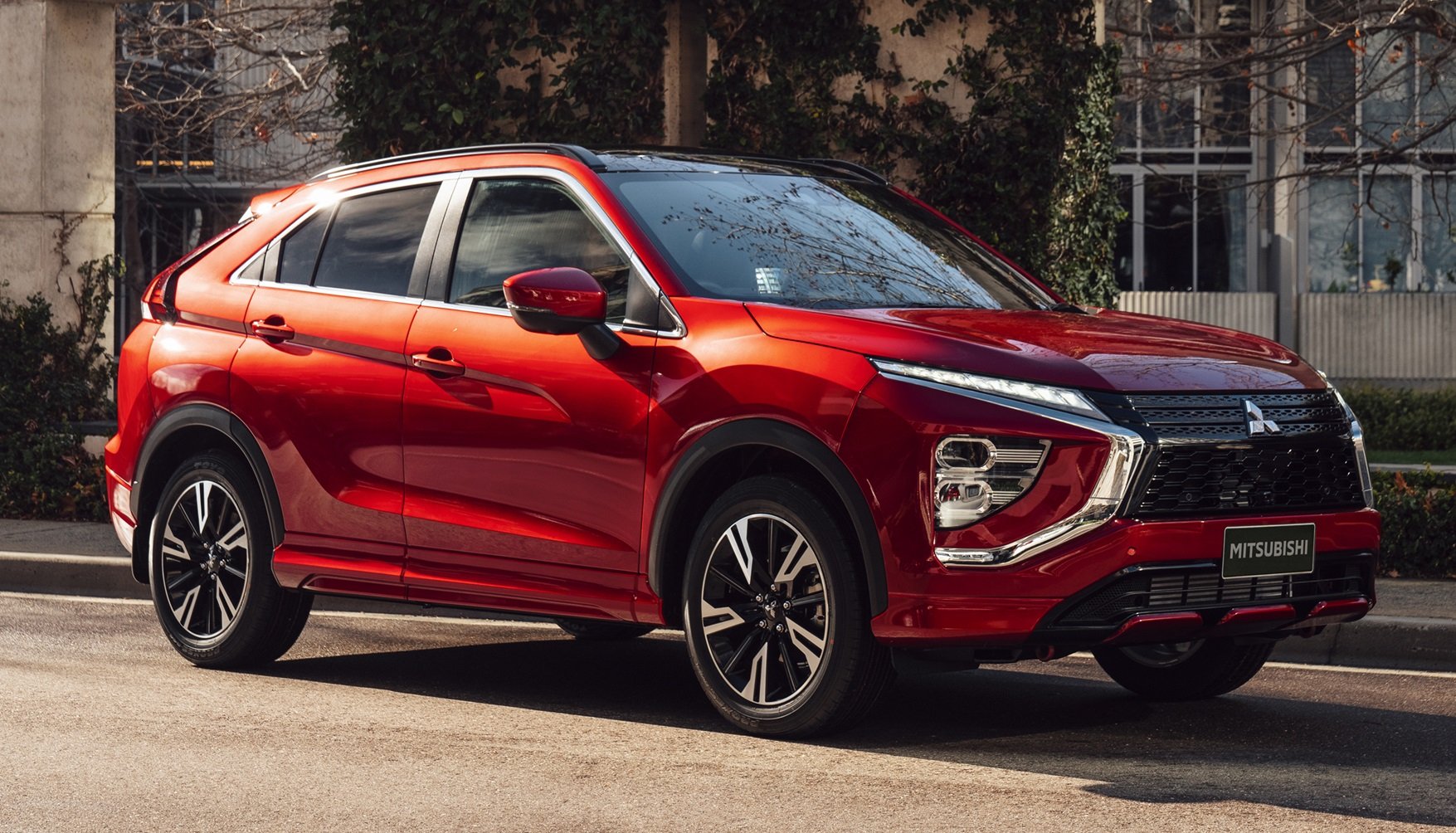


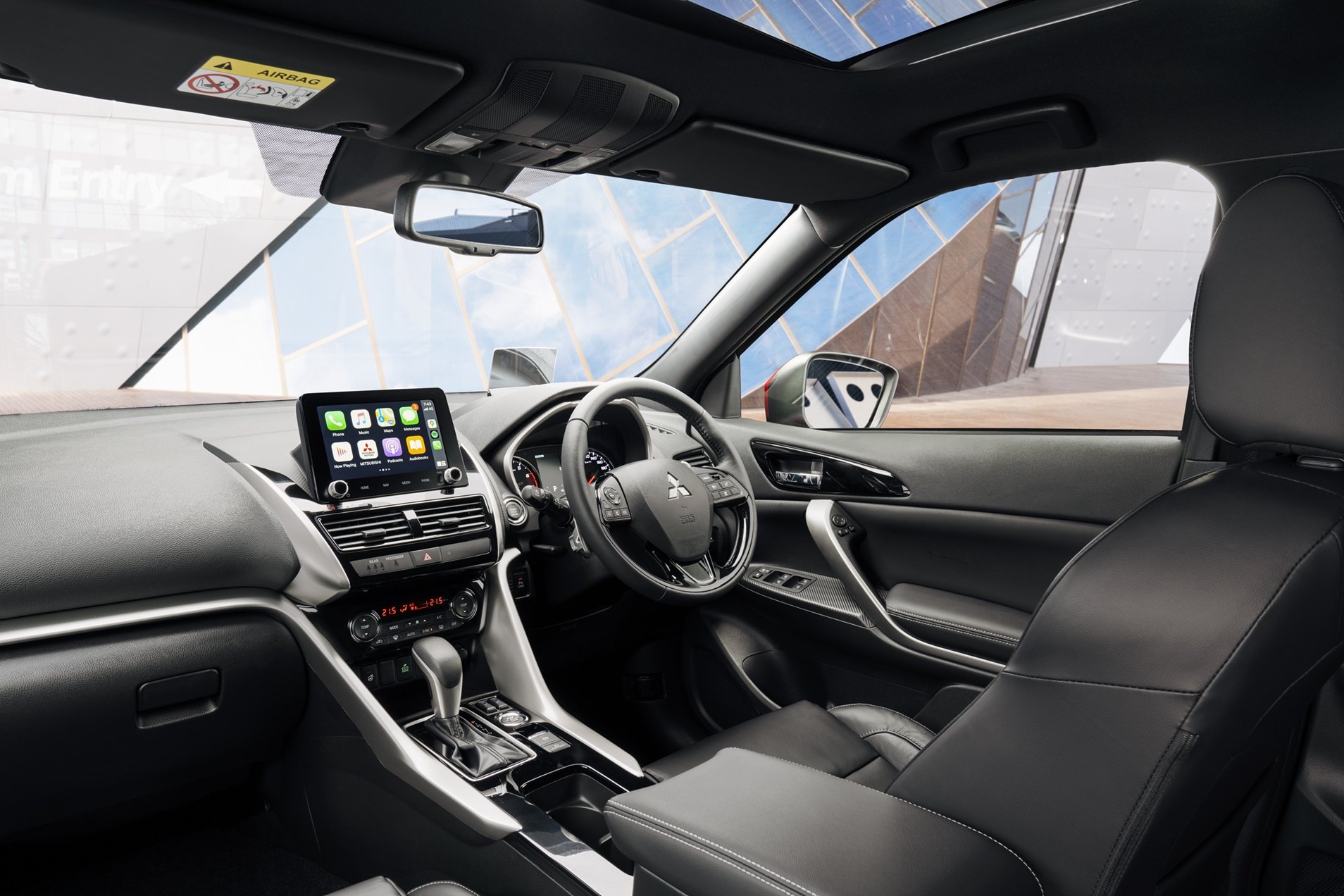
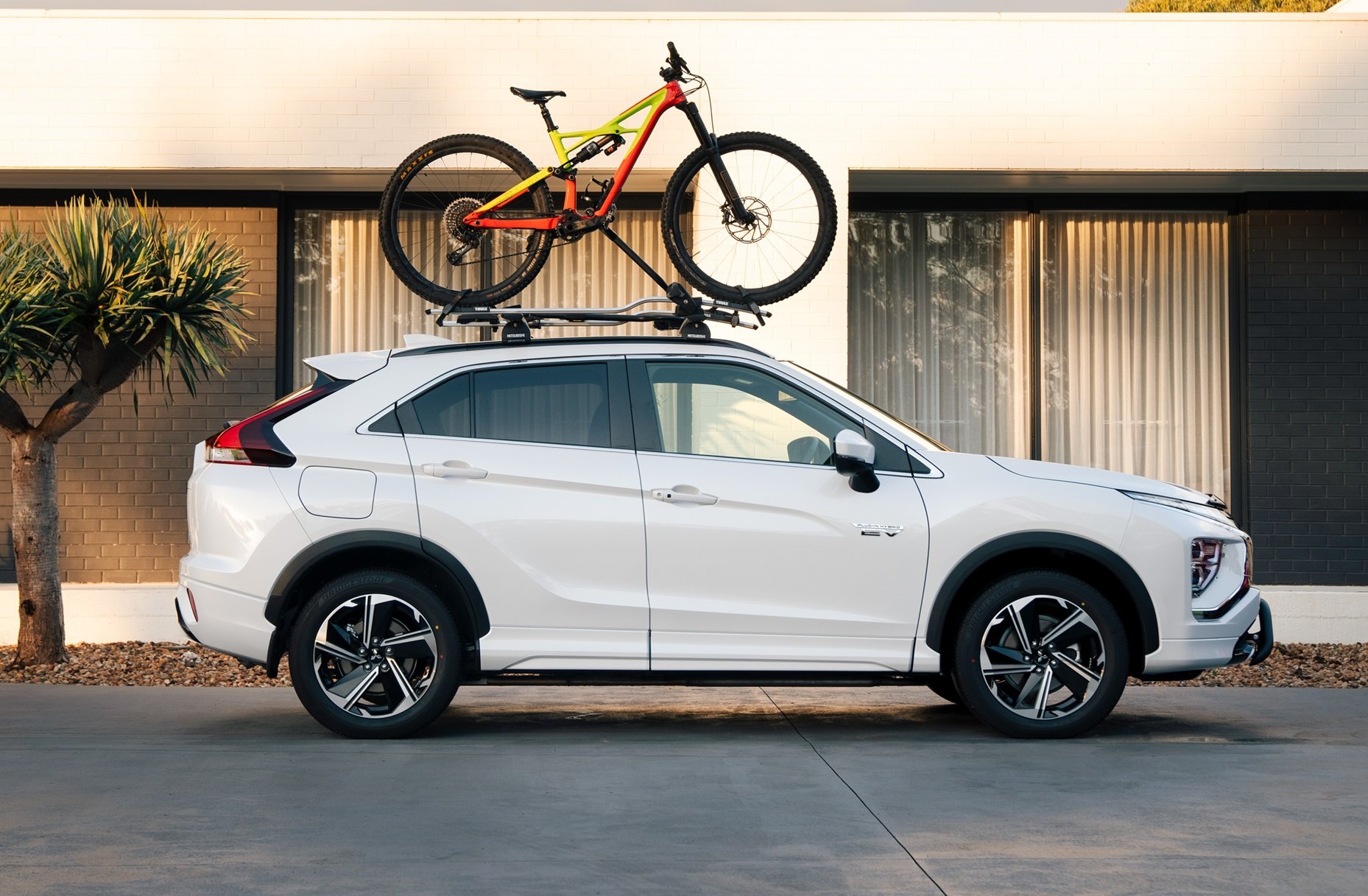

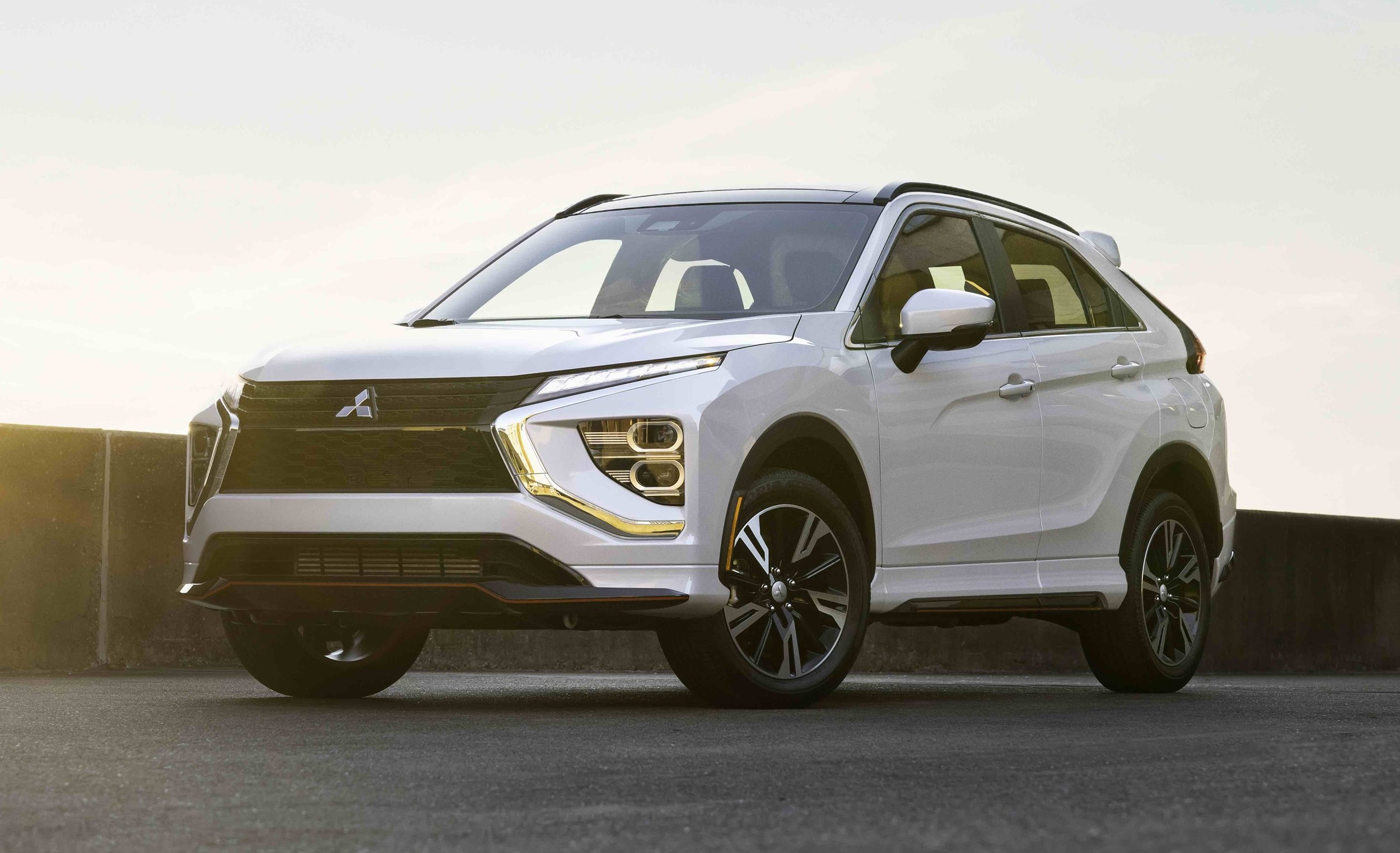
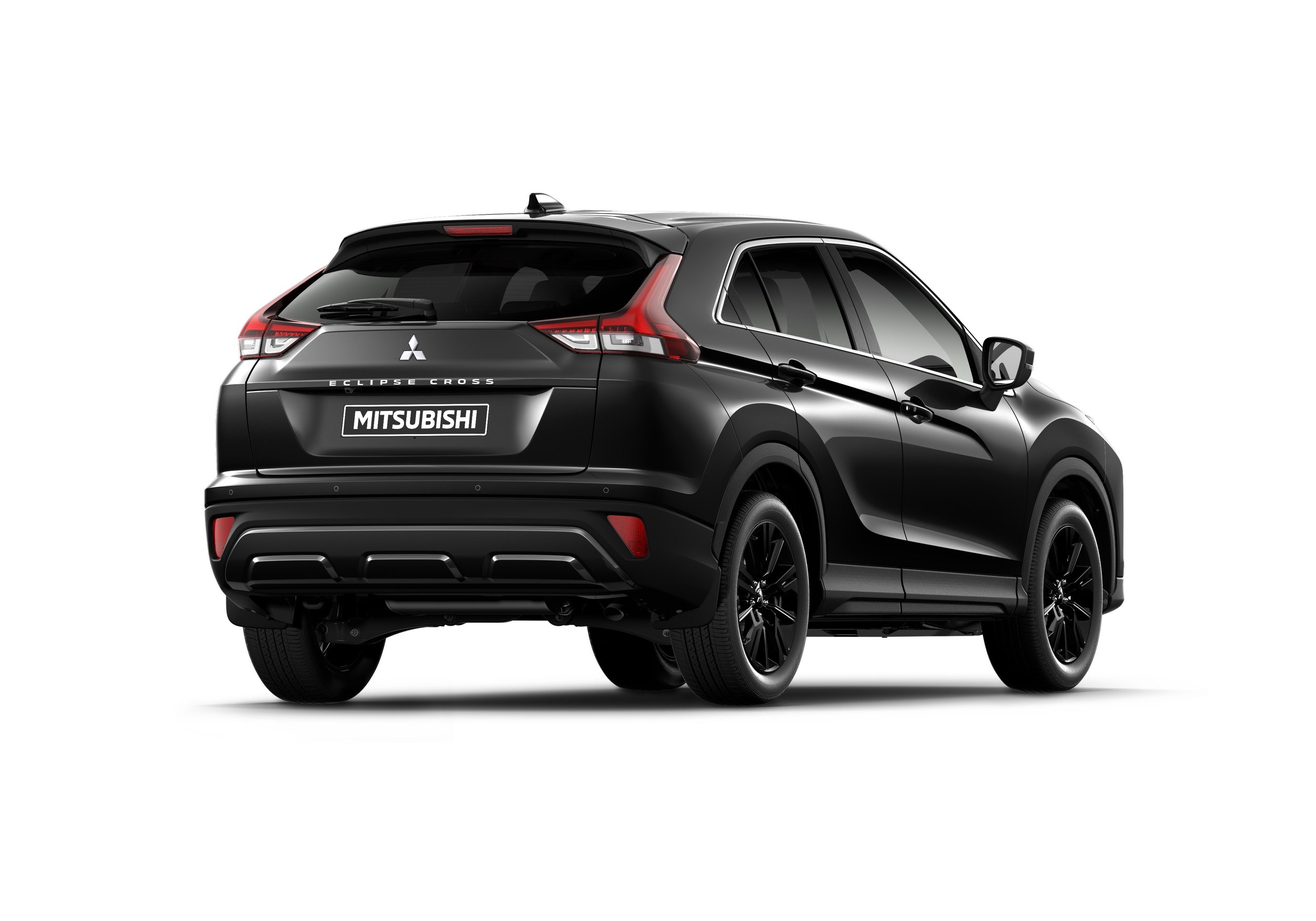
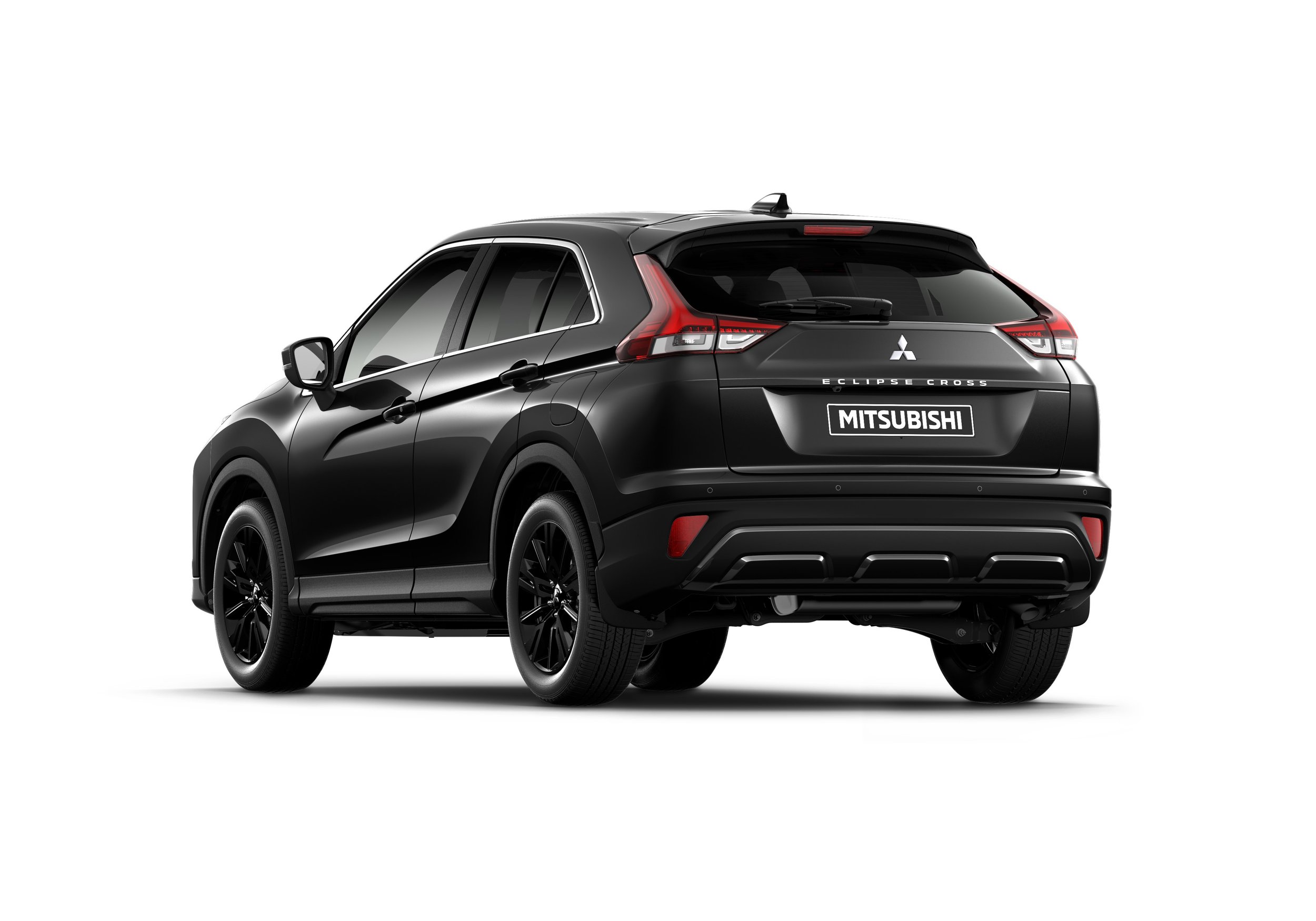
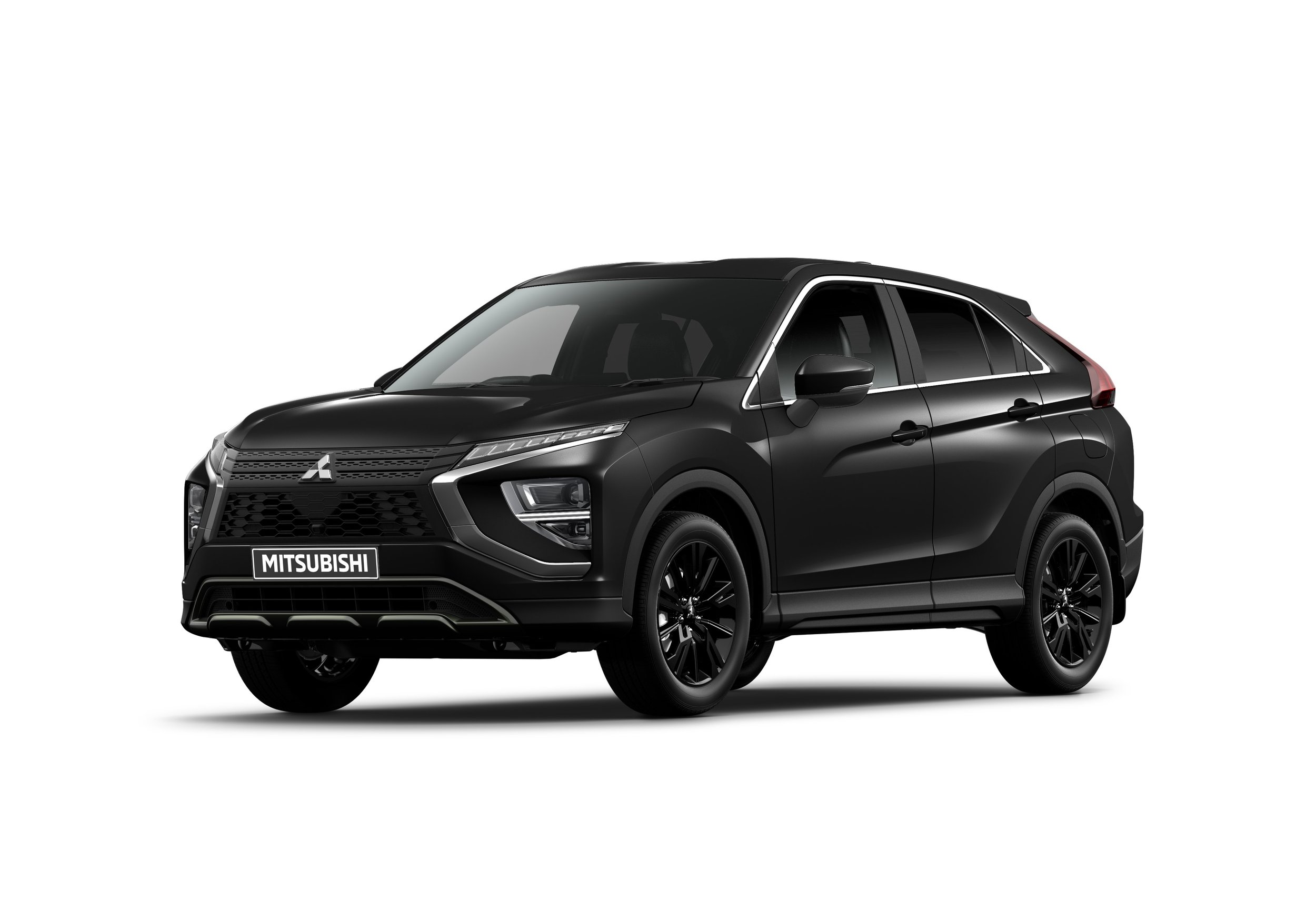
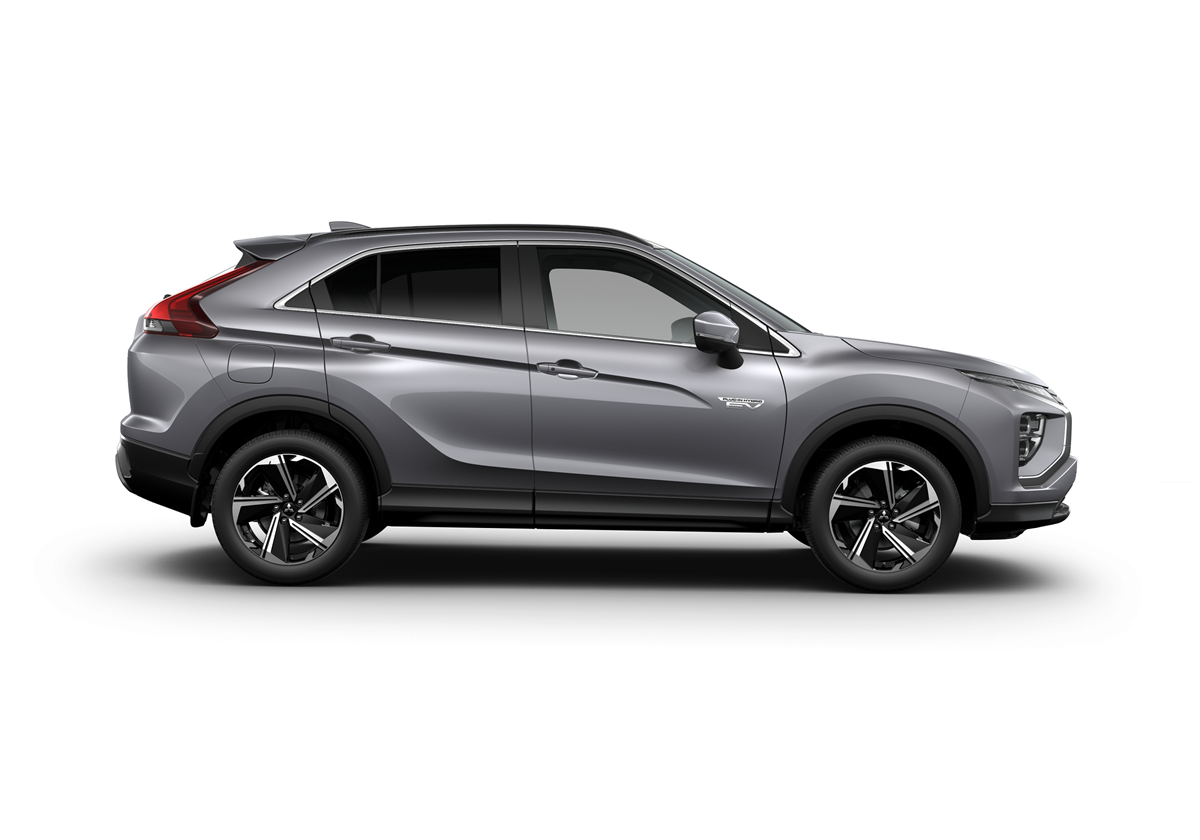
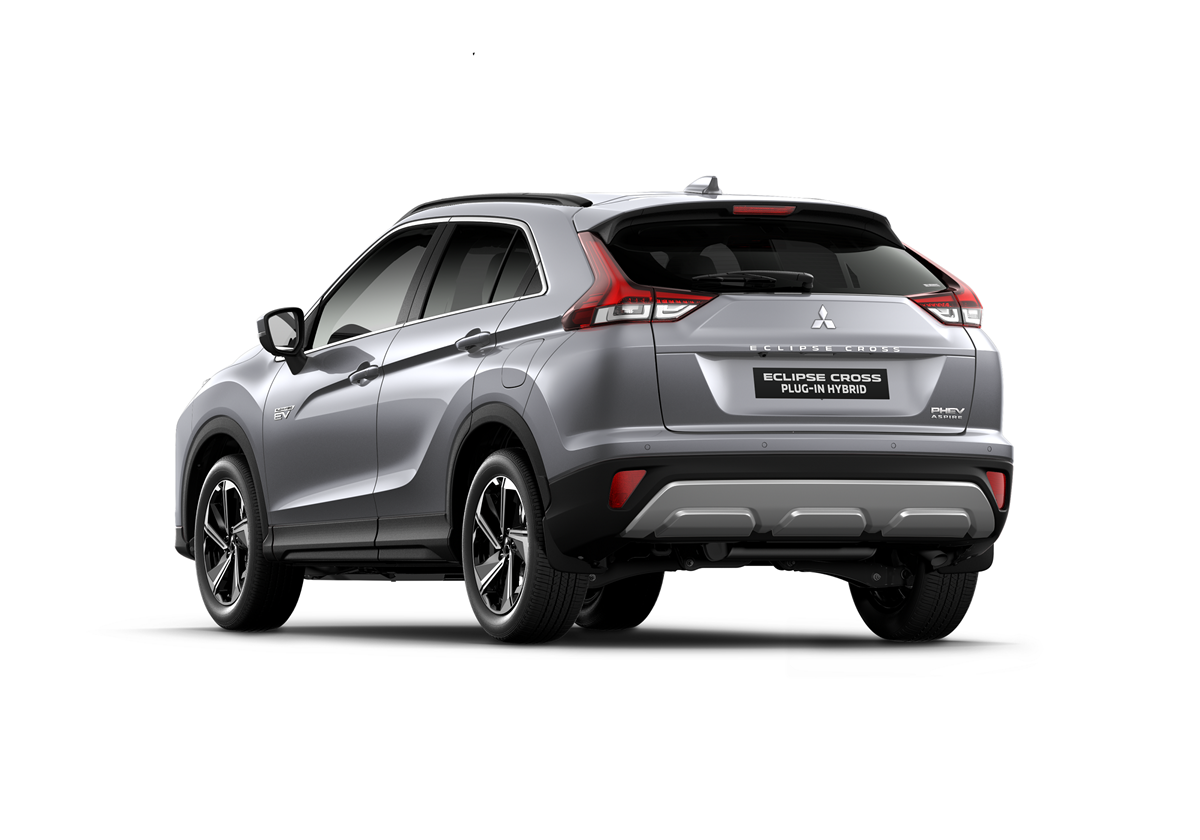
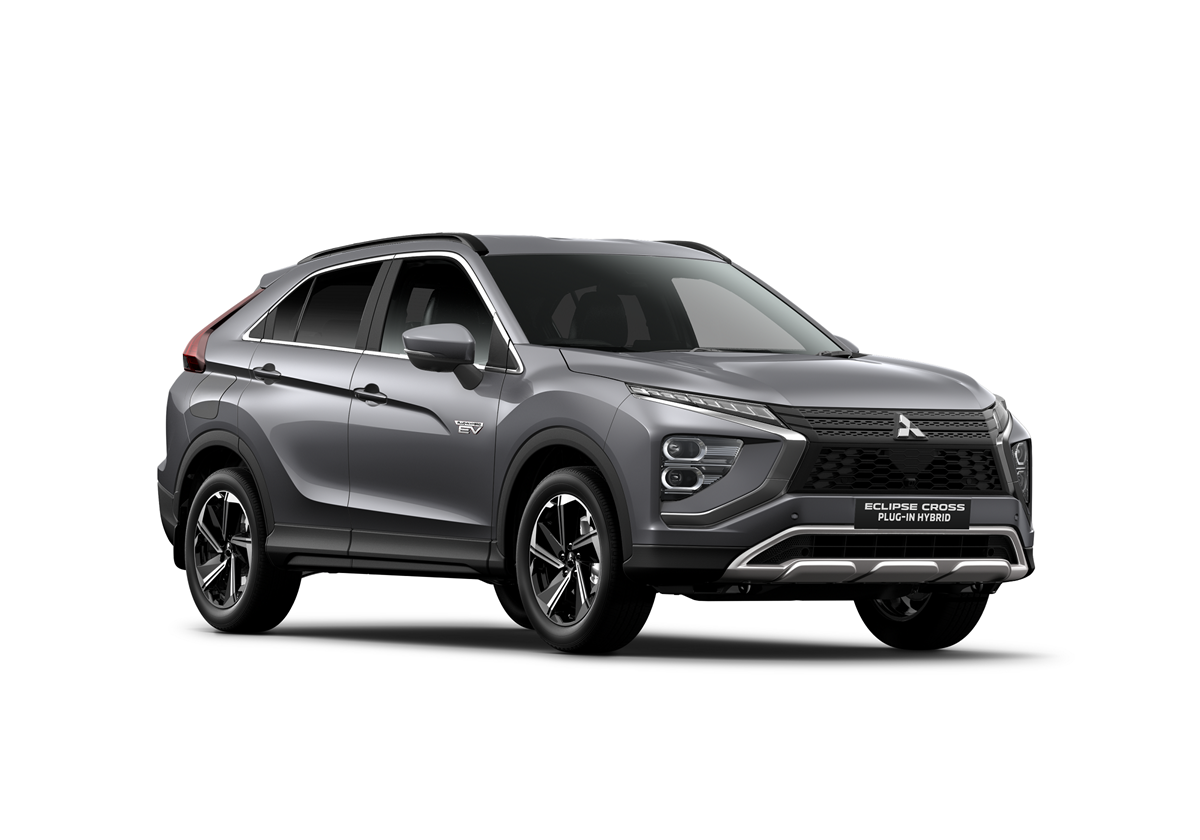

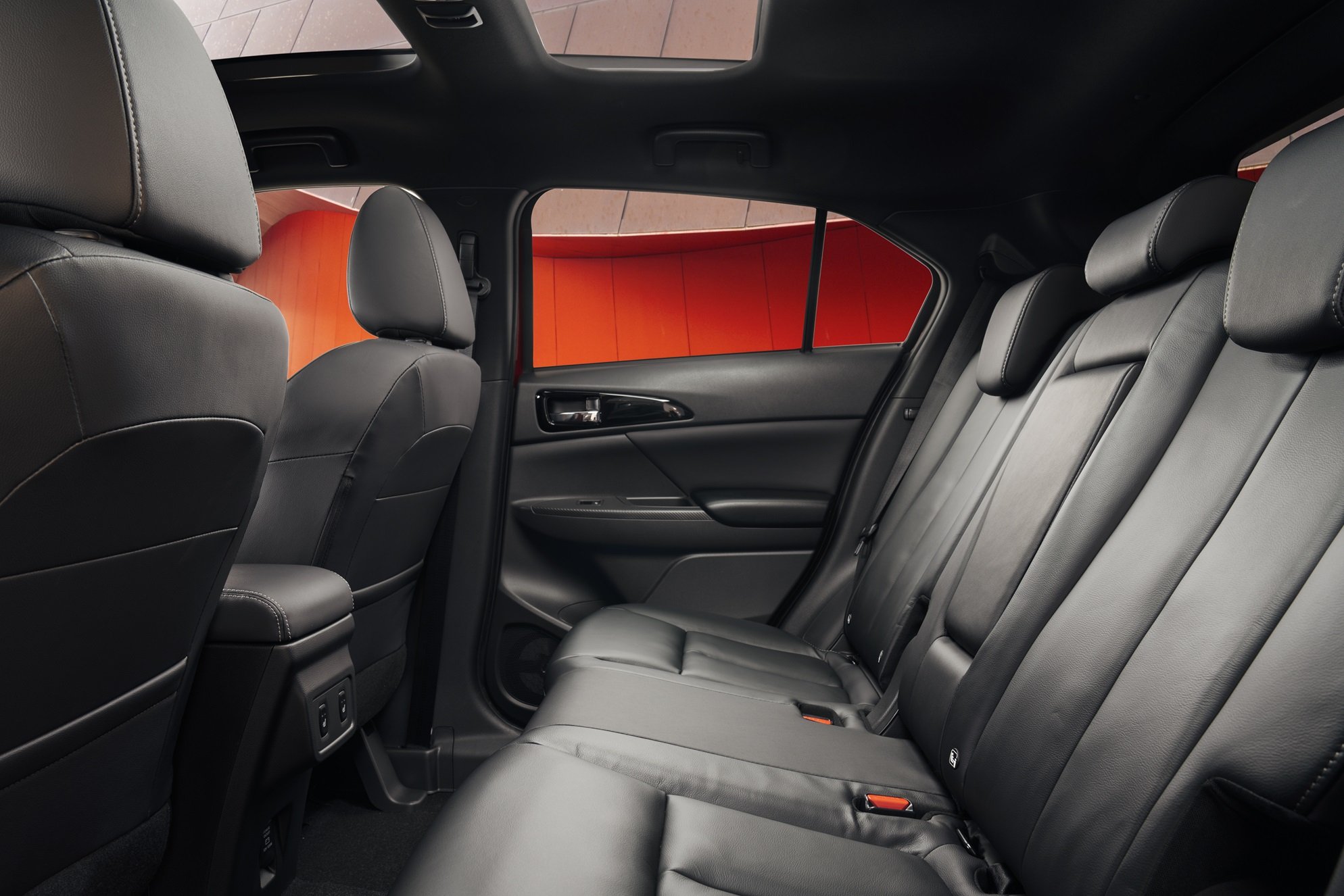
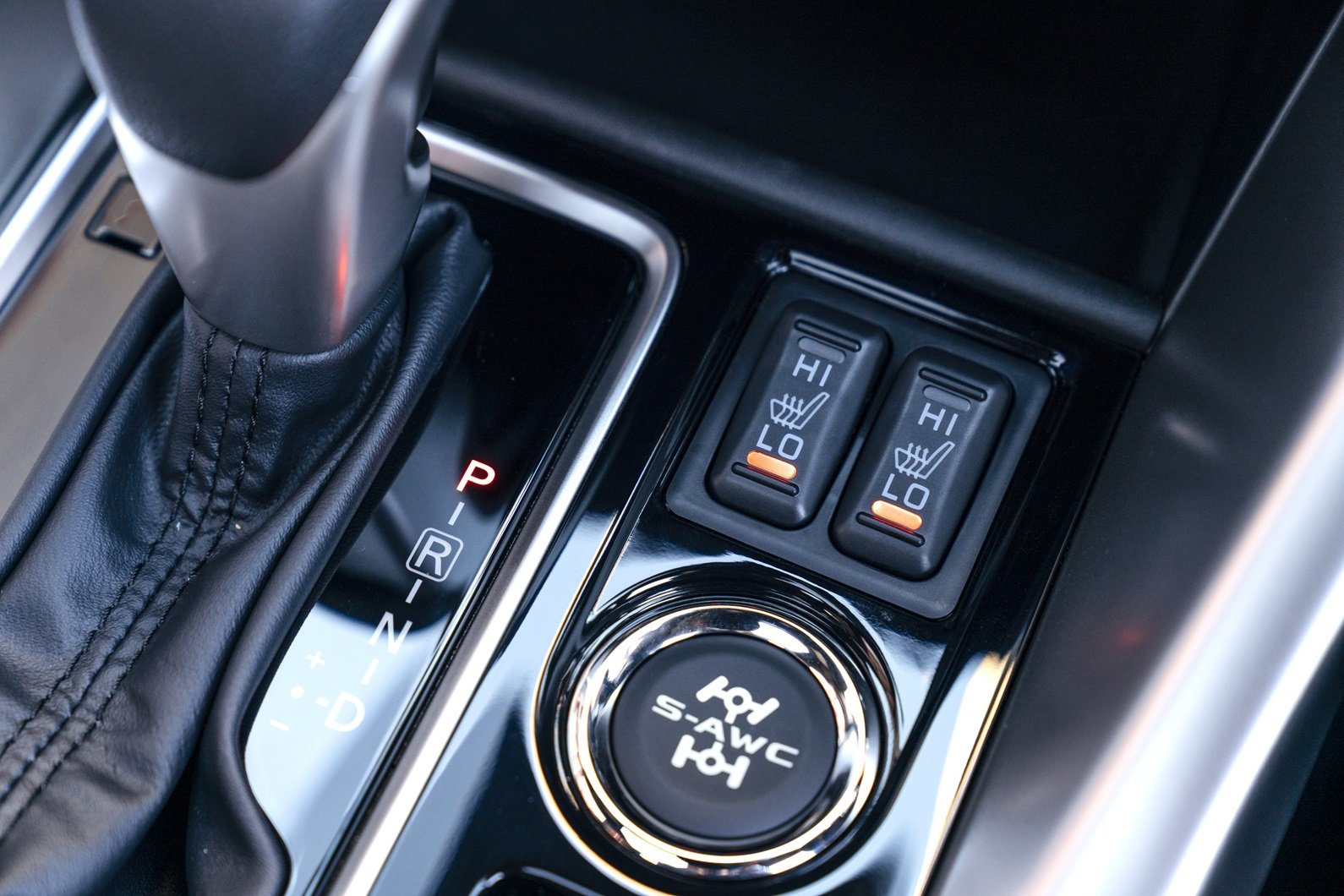
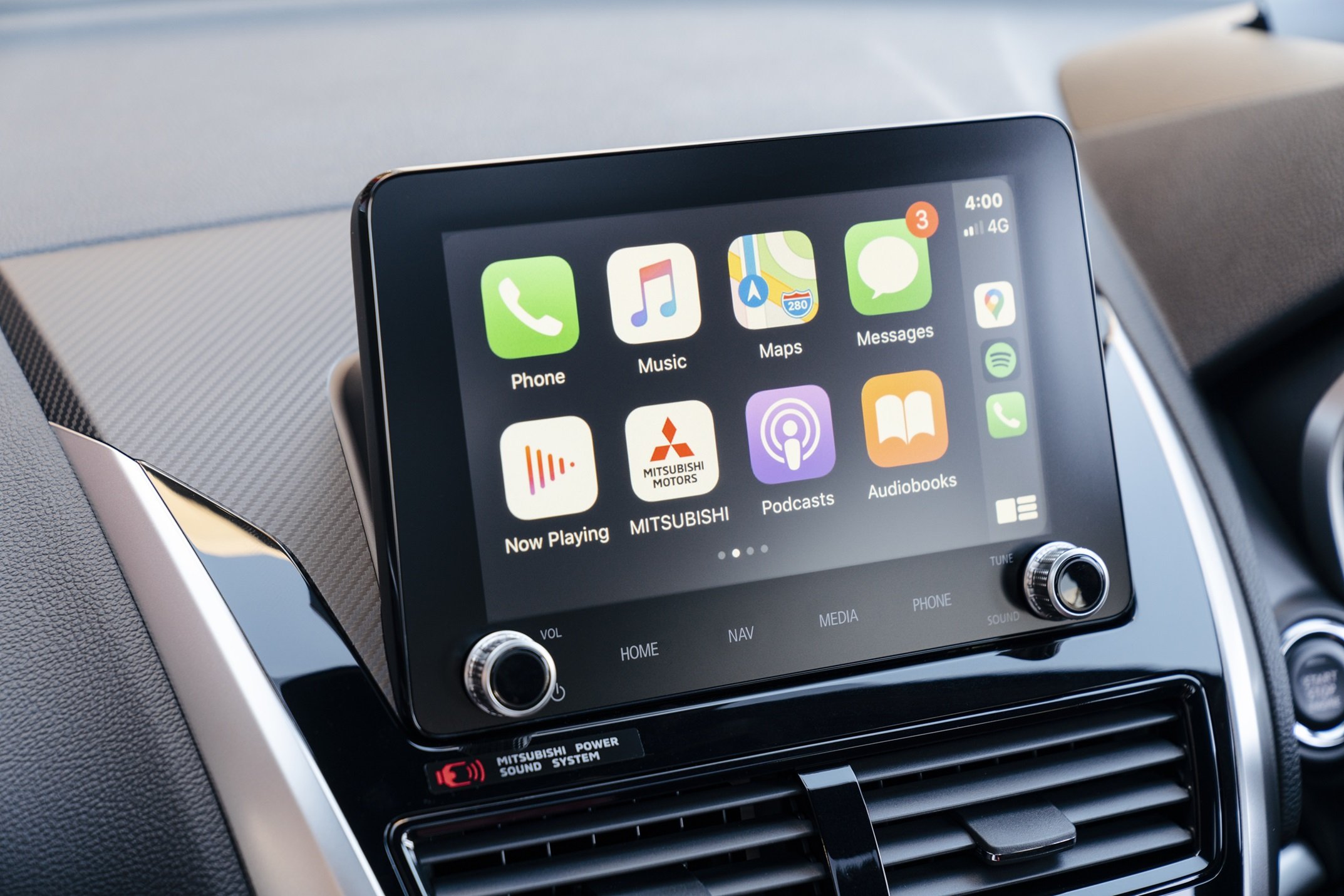
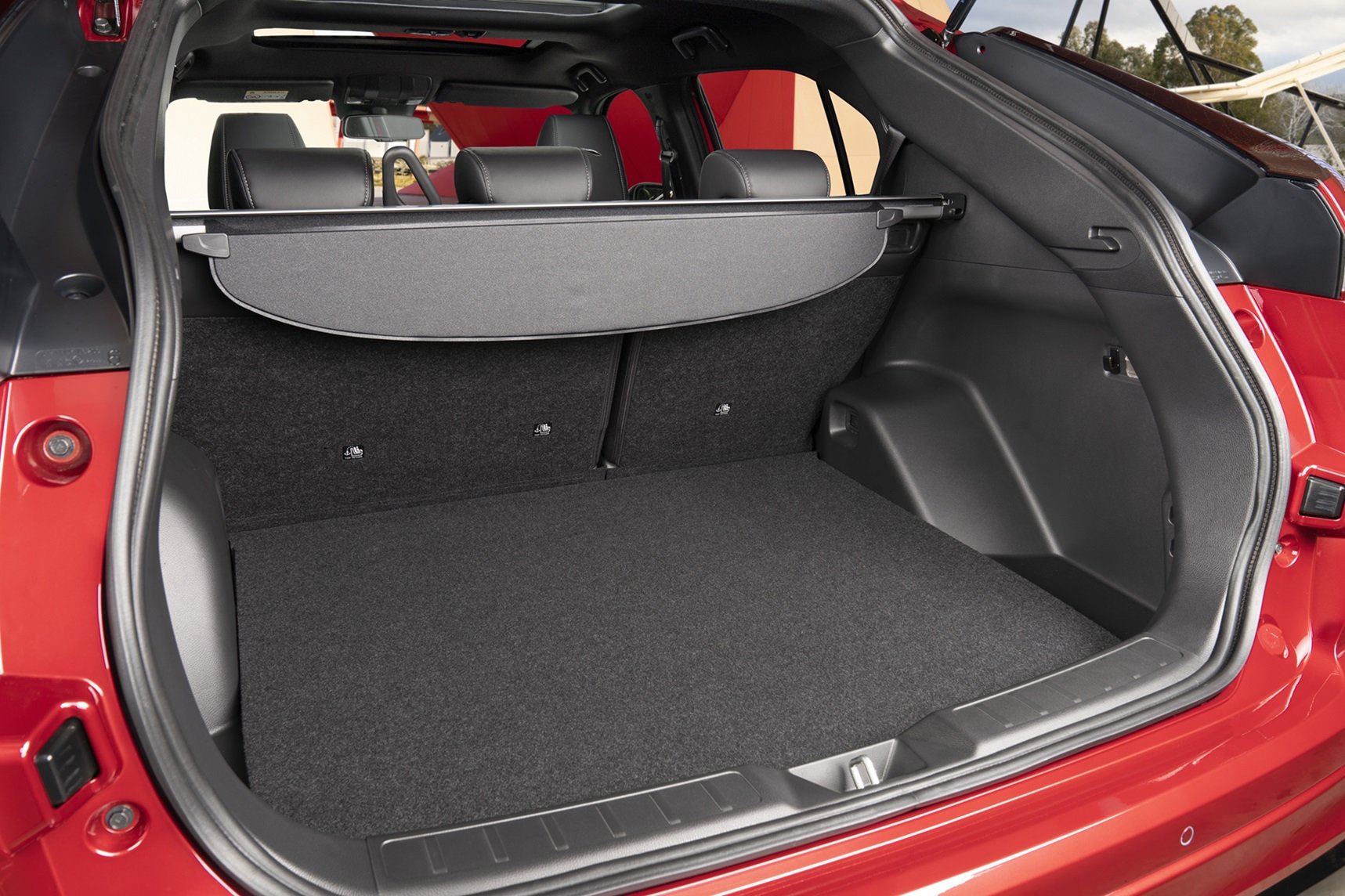
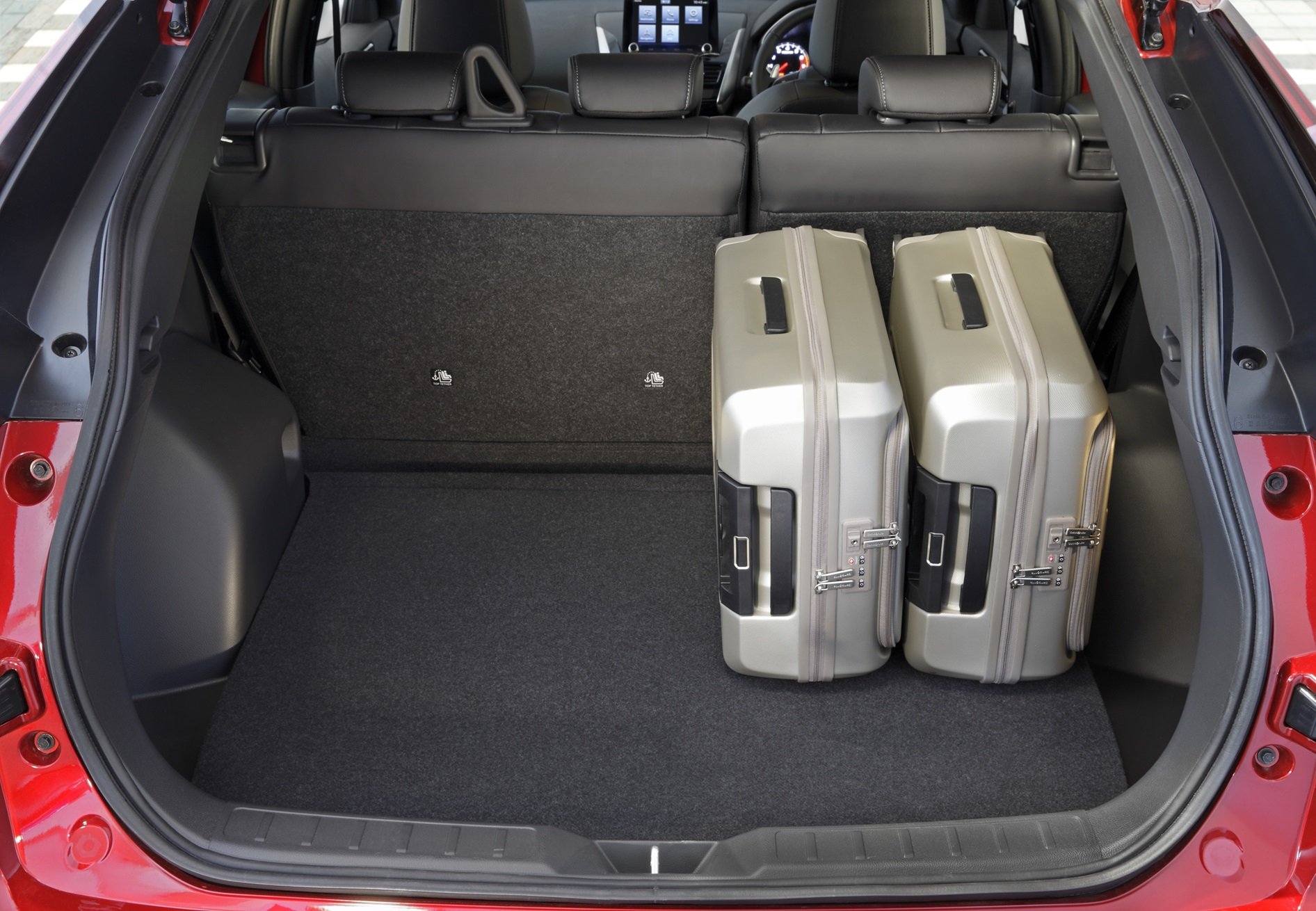
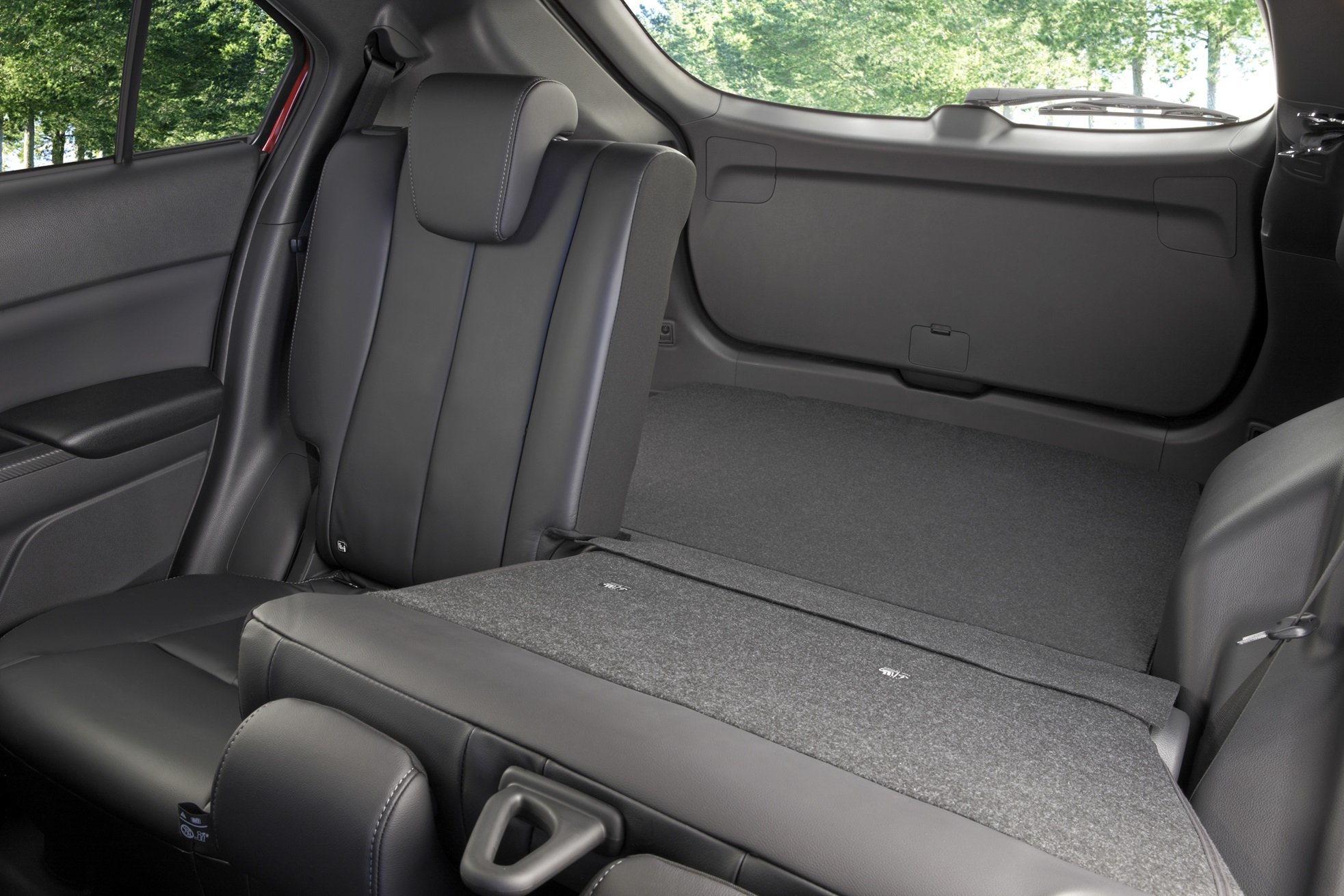
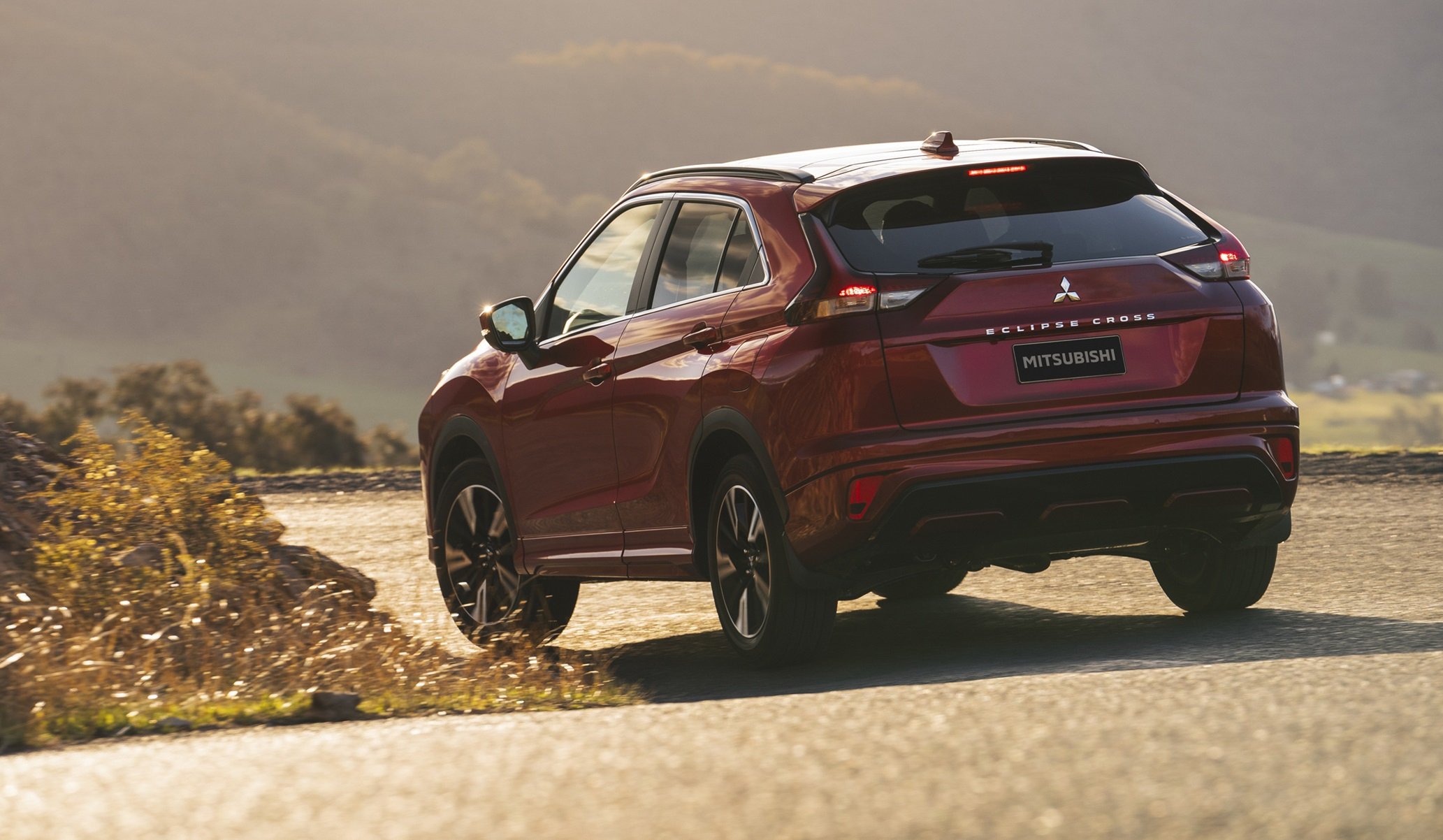



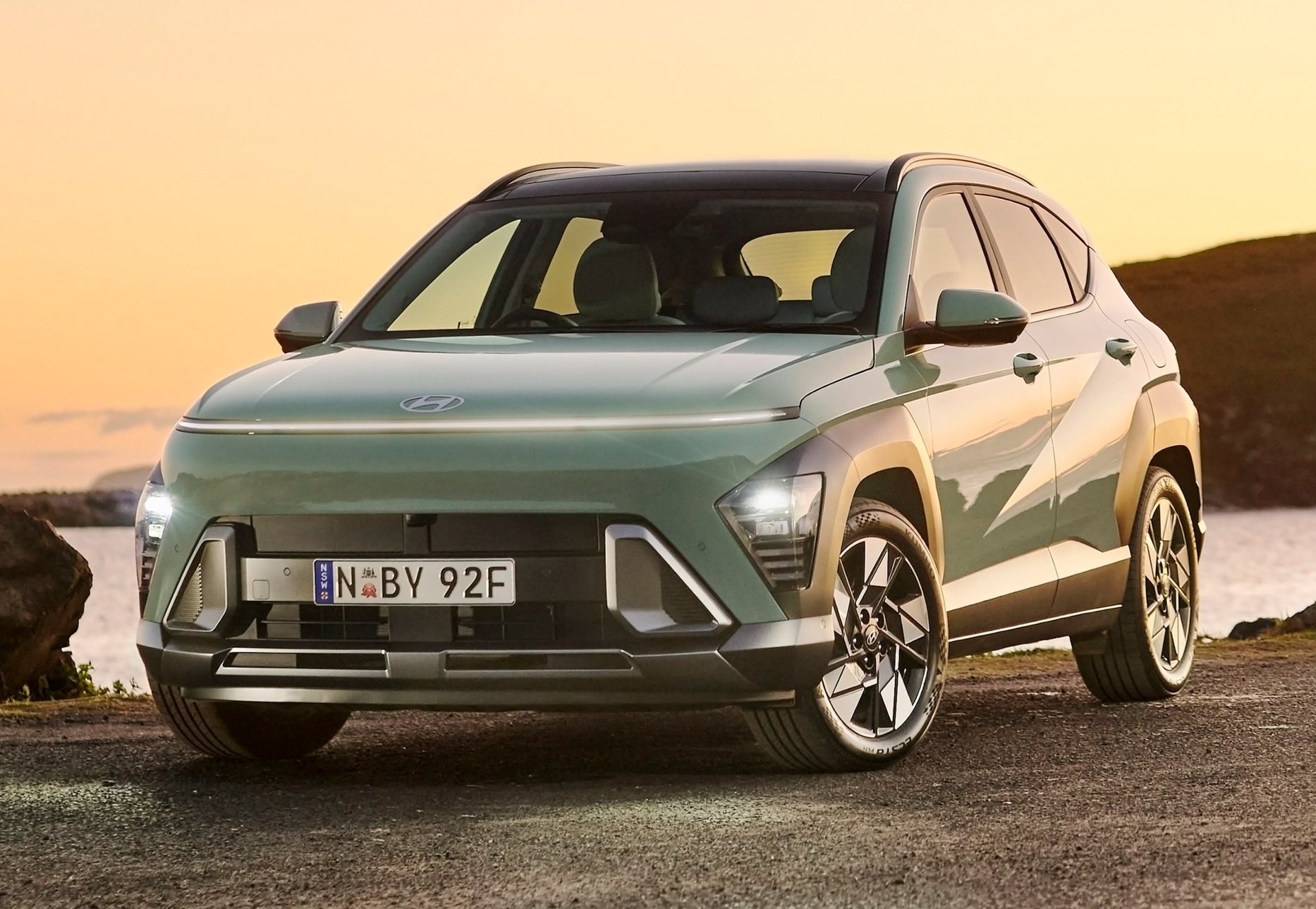

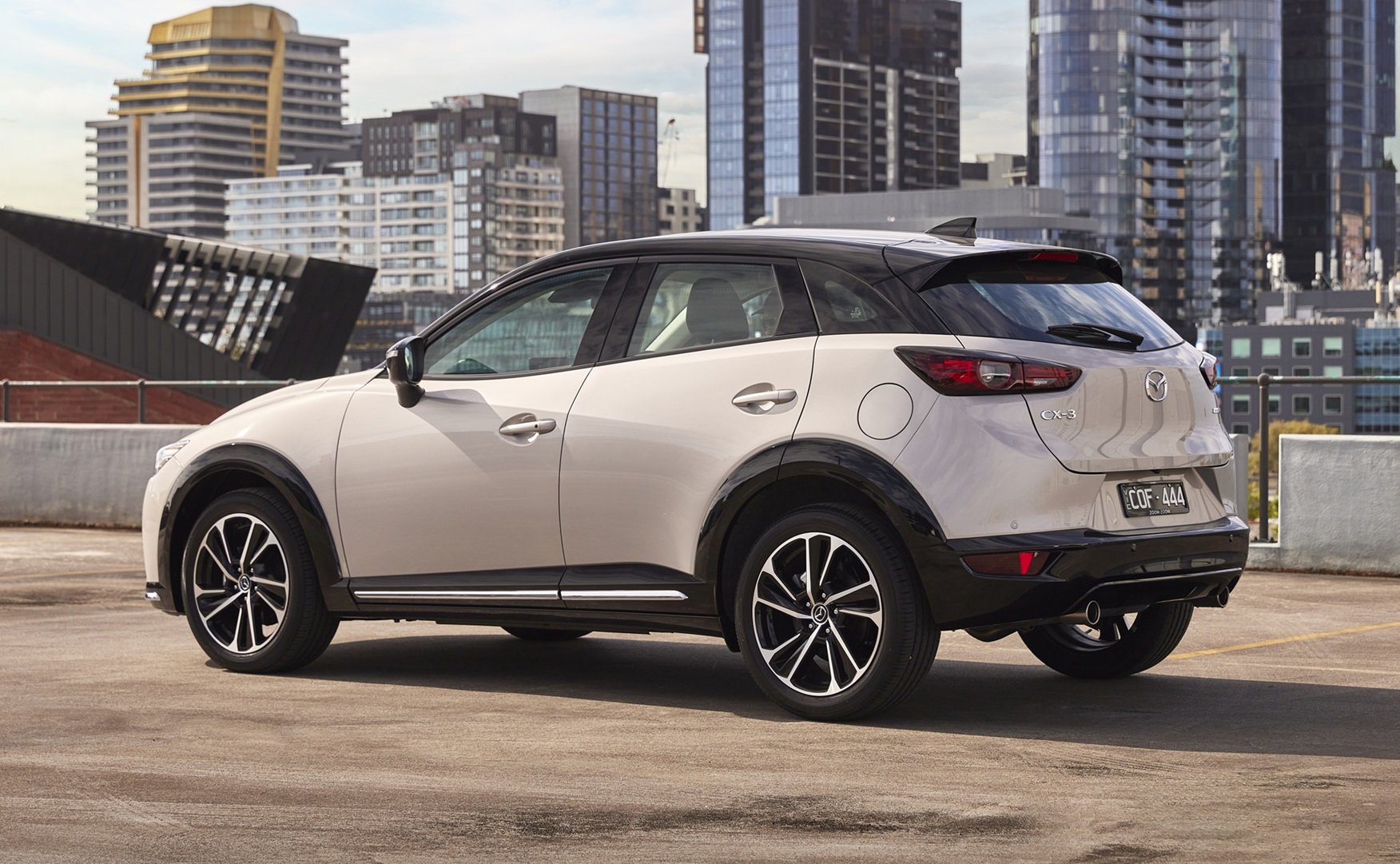




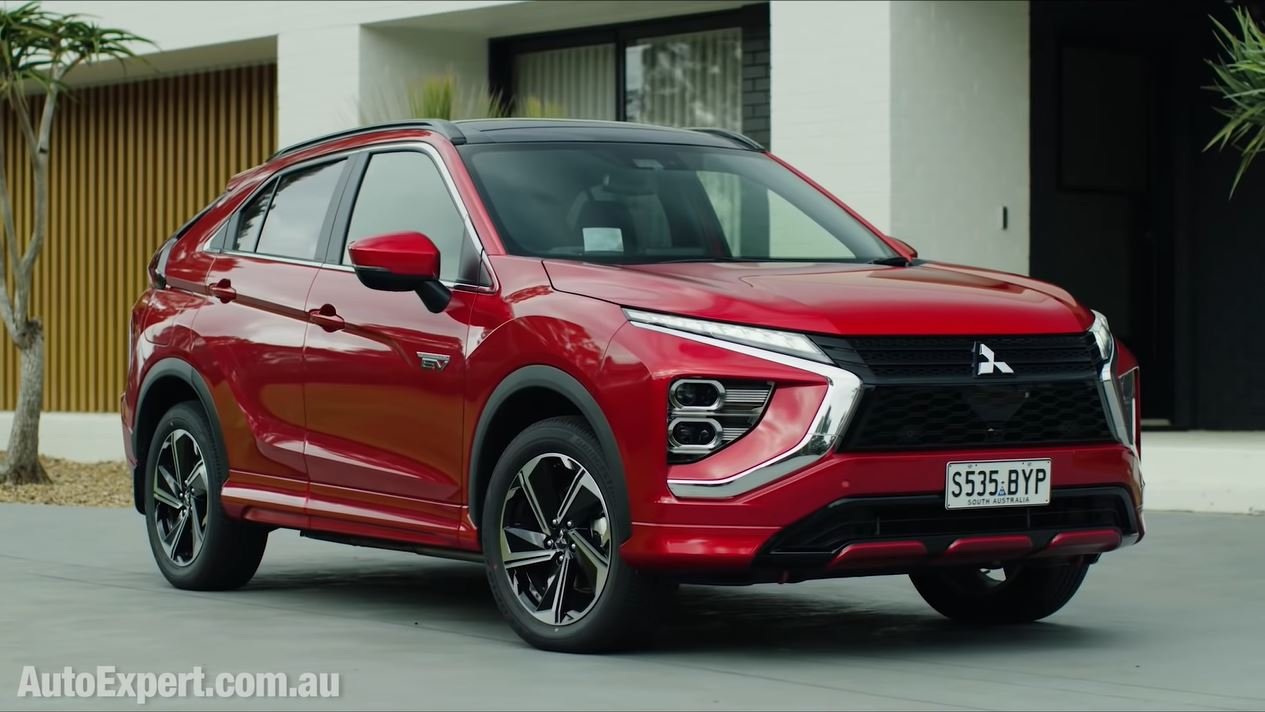
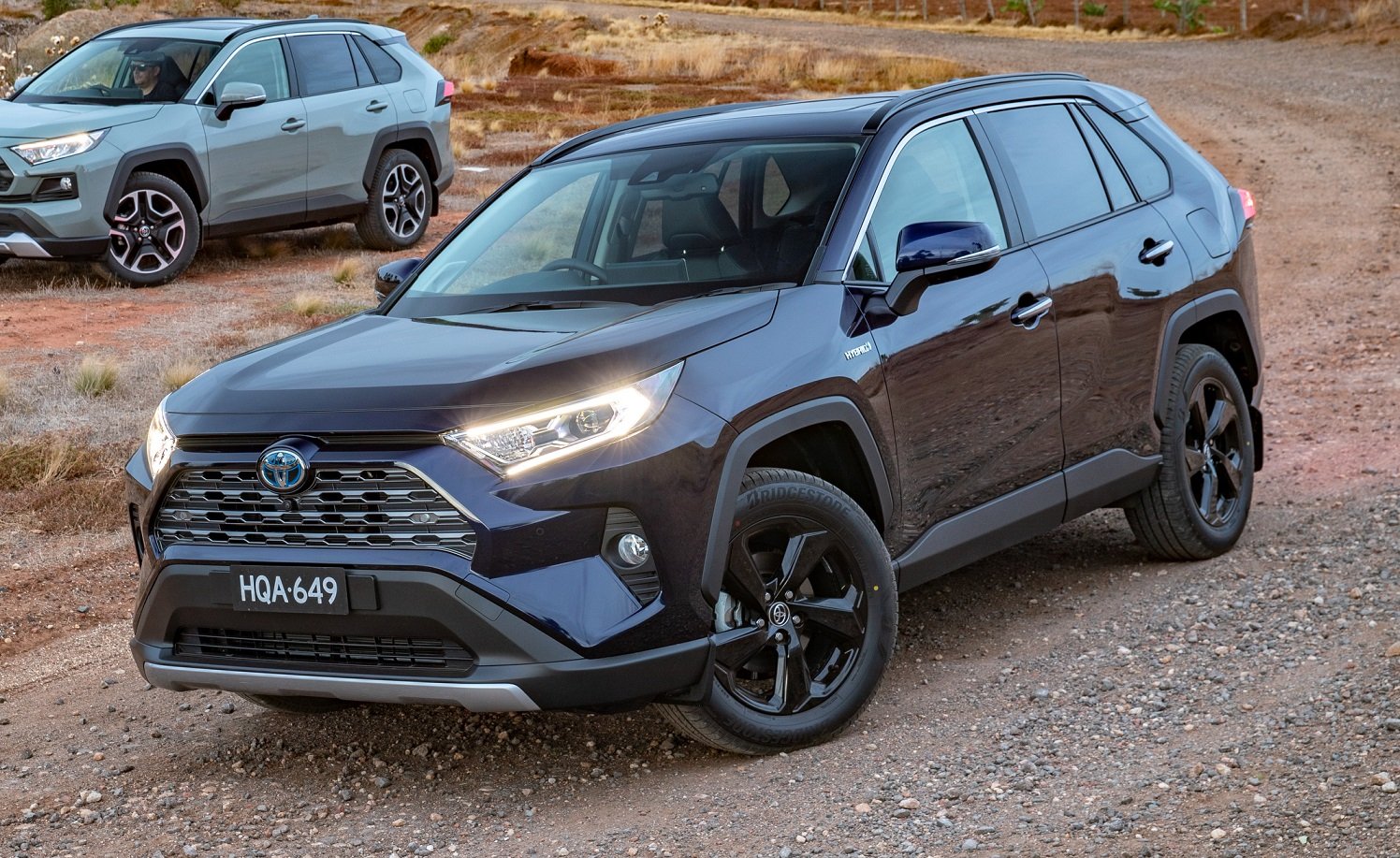

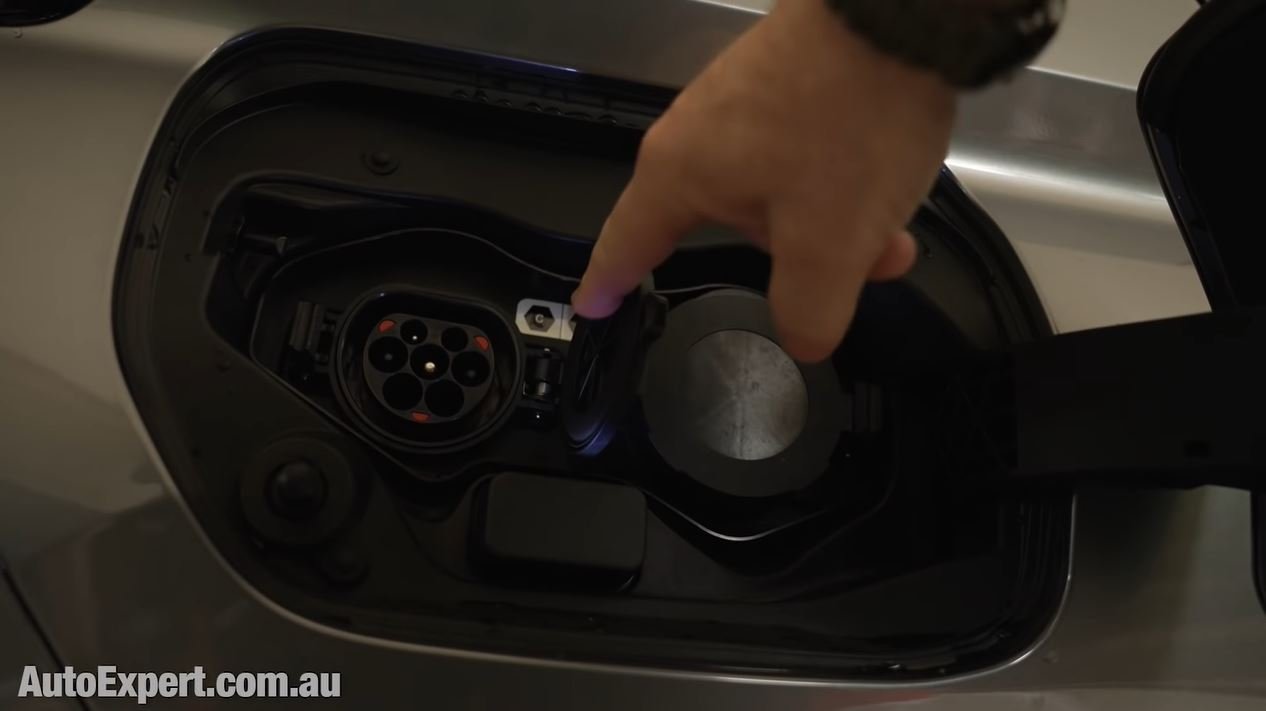
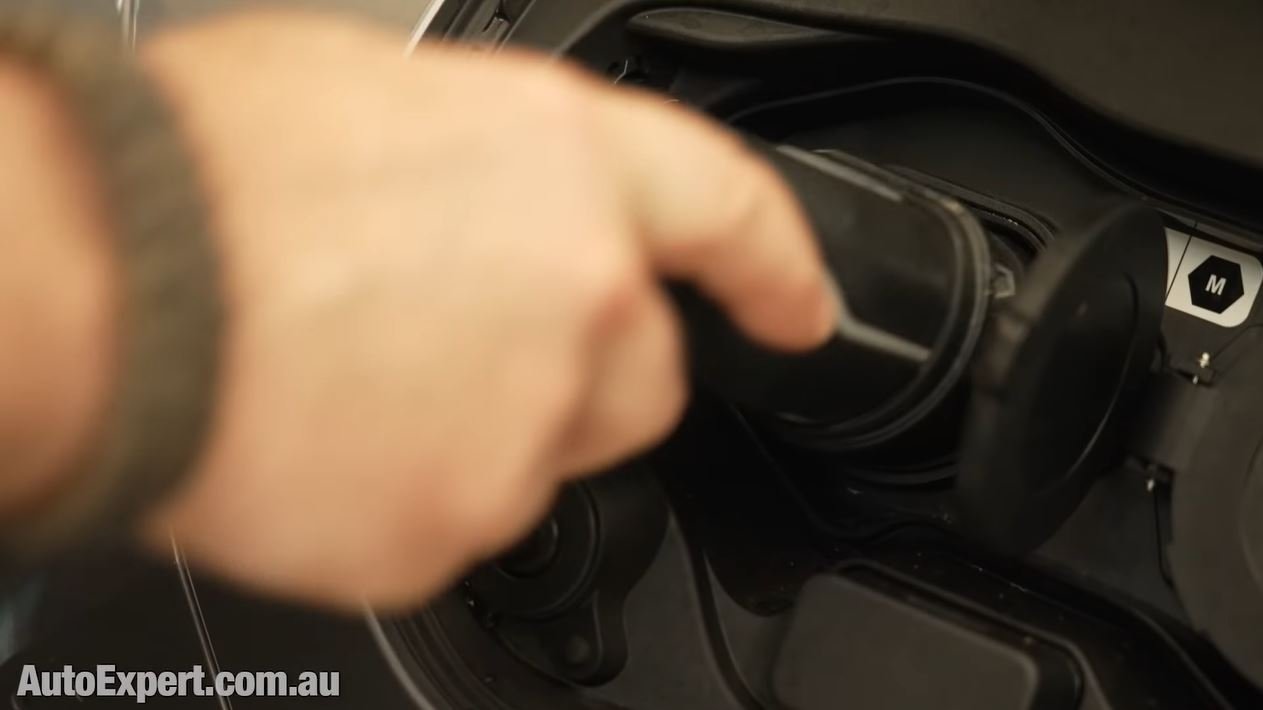
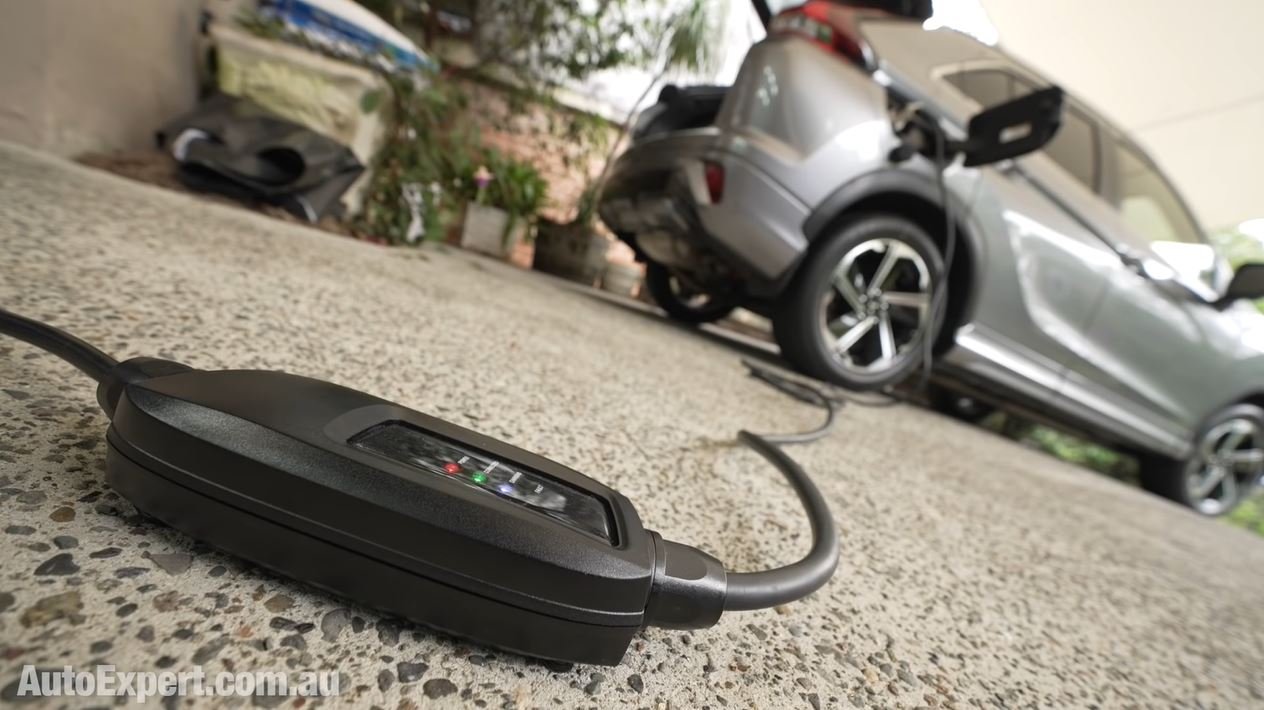
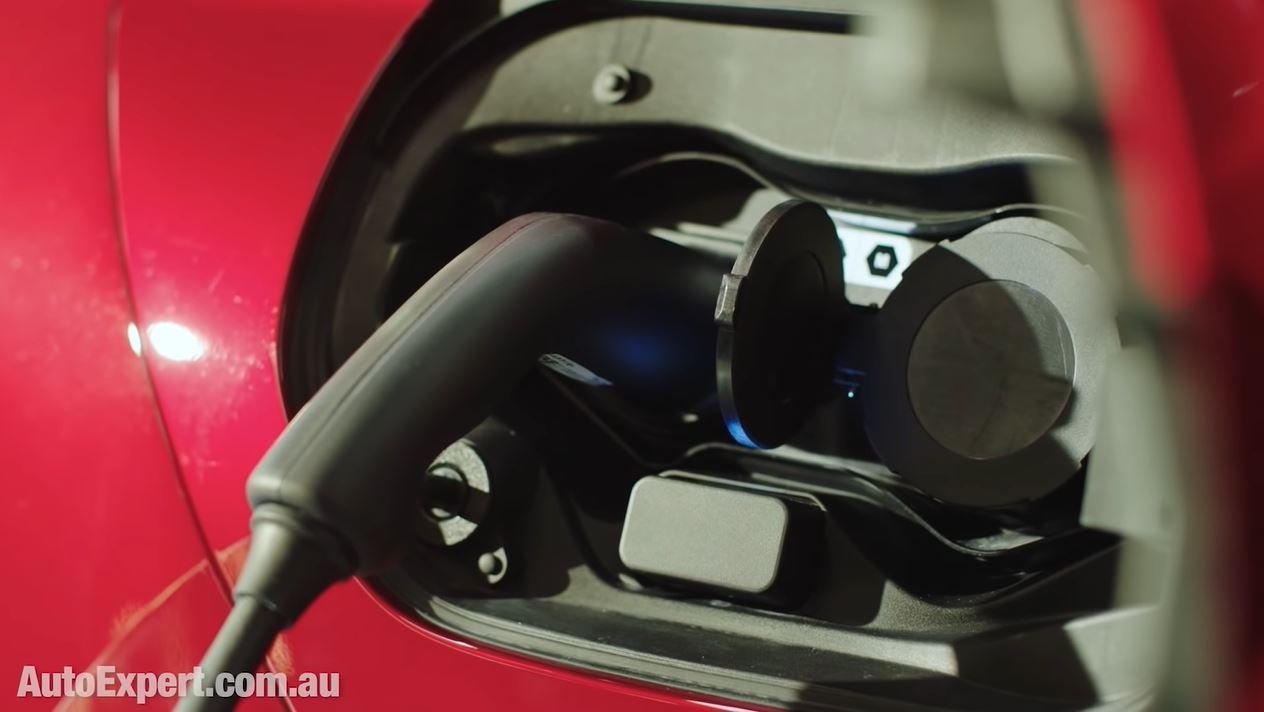
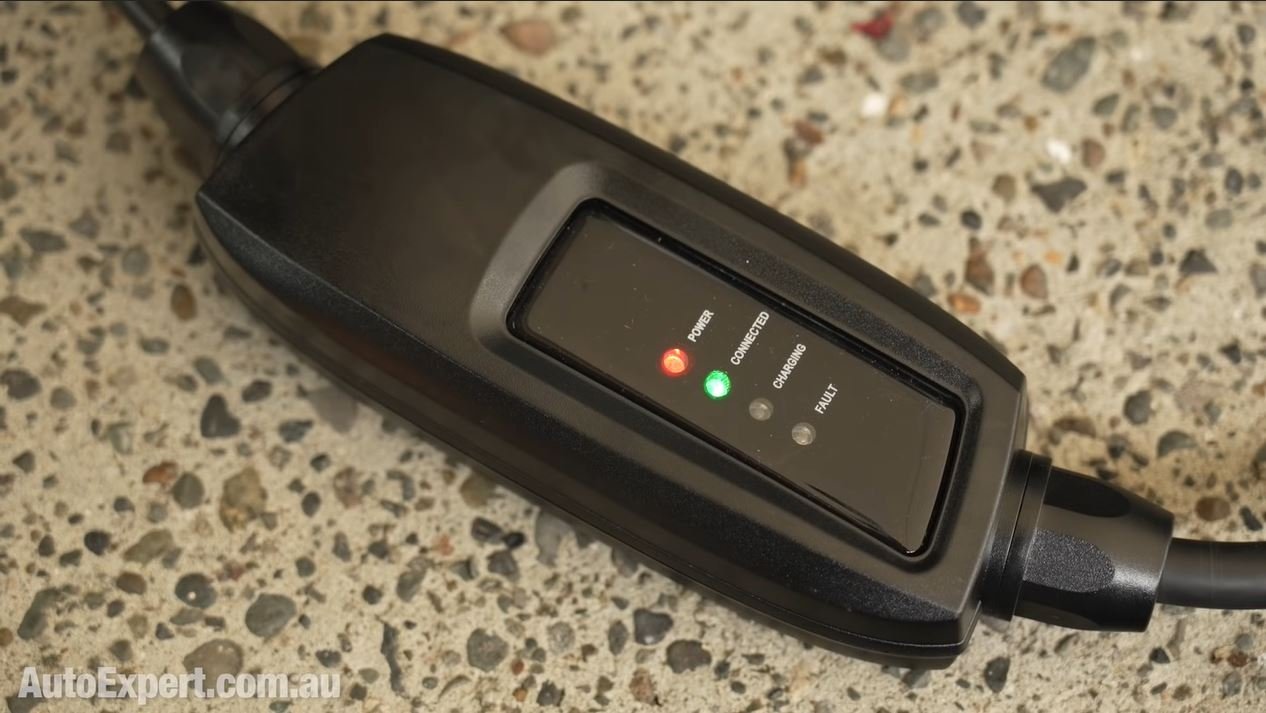
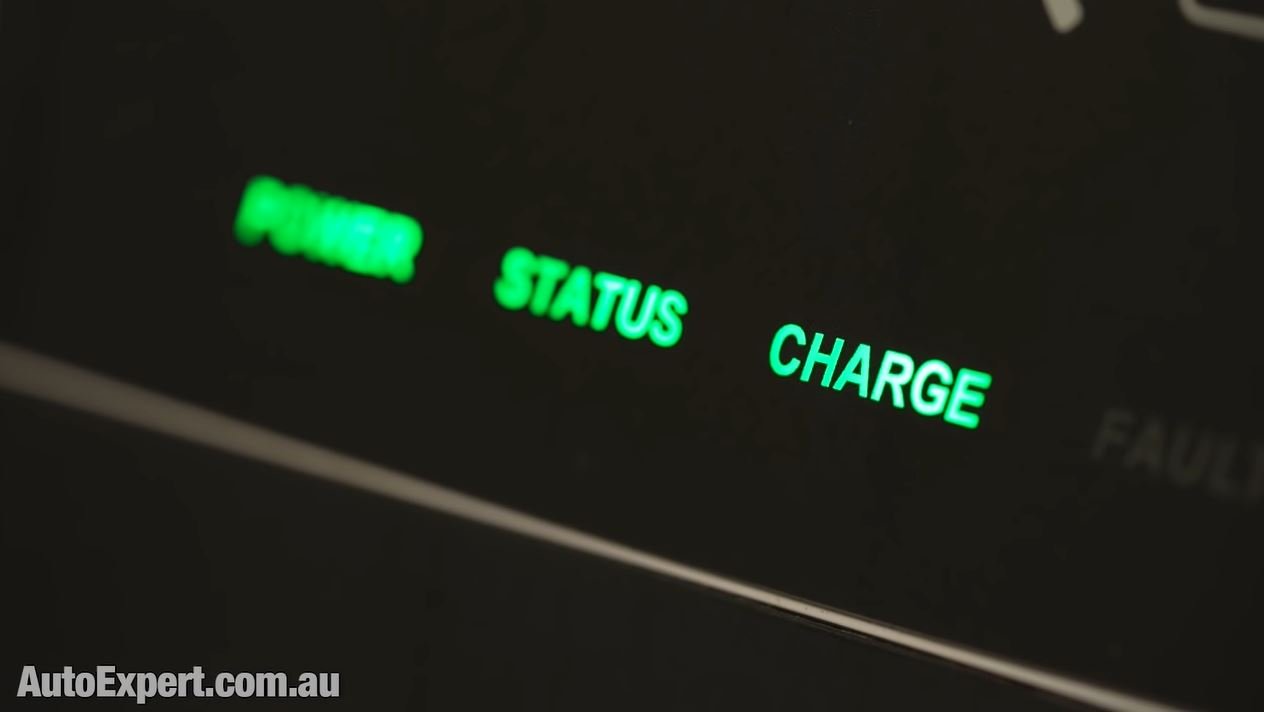











The Mitsubishi Outlander is an excellent-value seven-seat family vehicle with plenty of features and capability. It looks modern and tough, but you need to know if it’s going to be good enough compared with other medium SUVs.